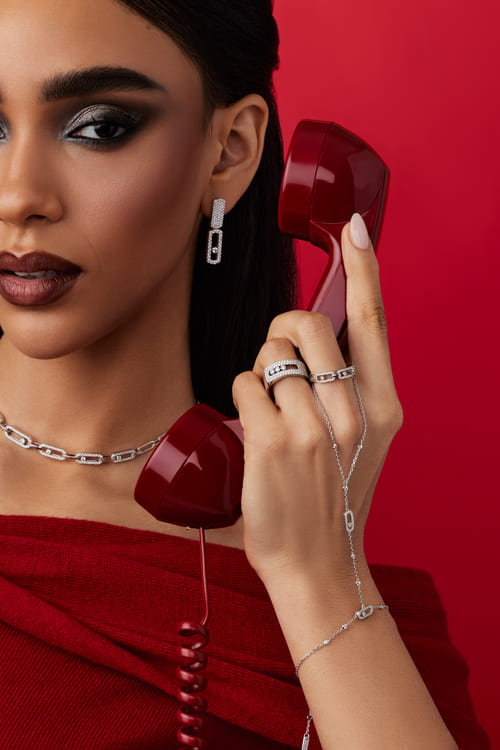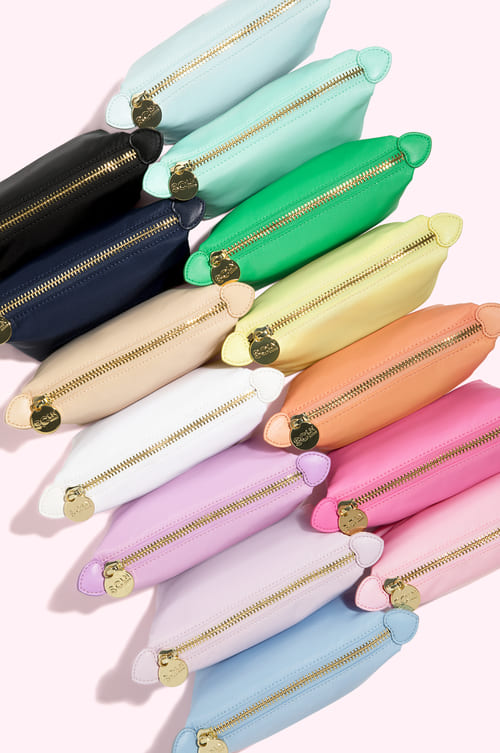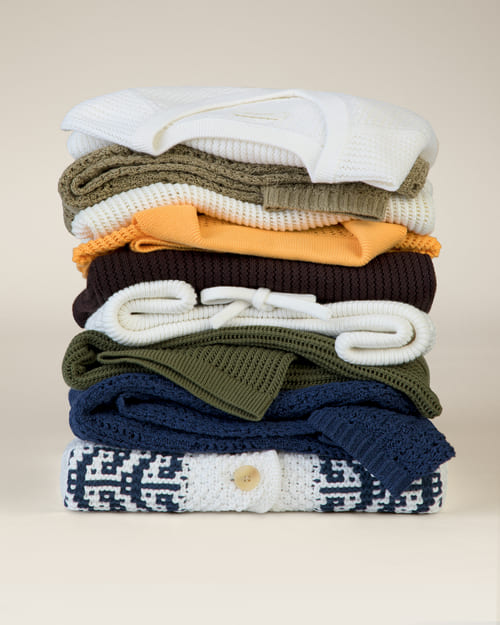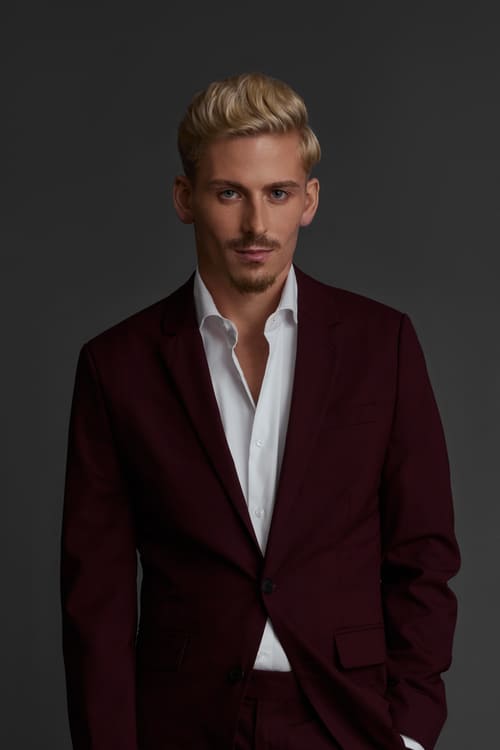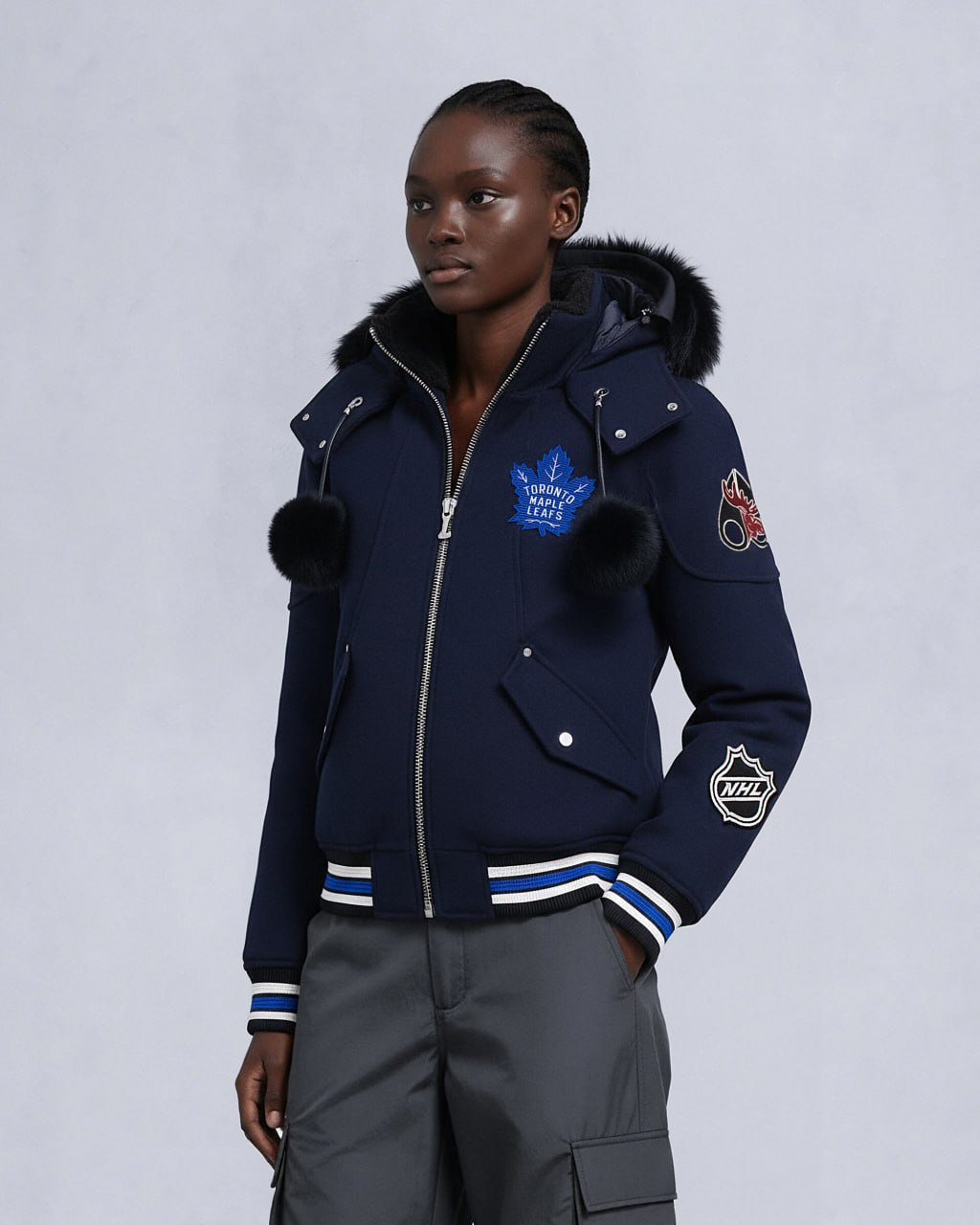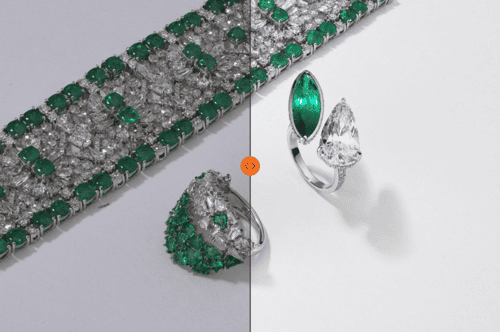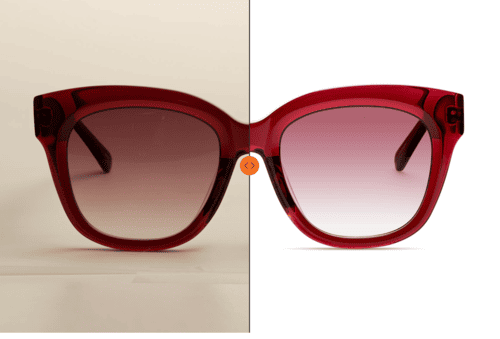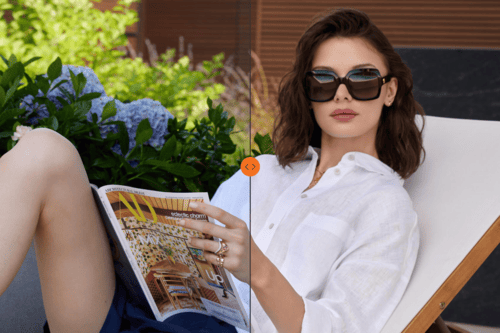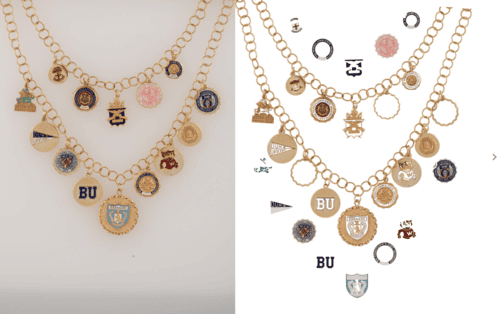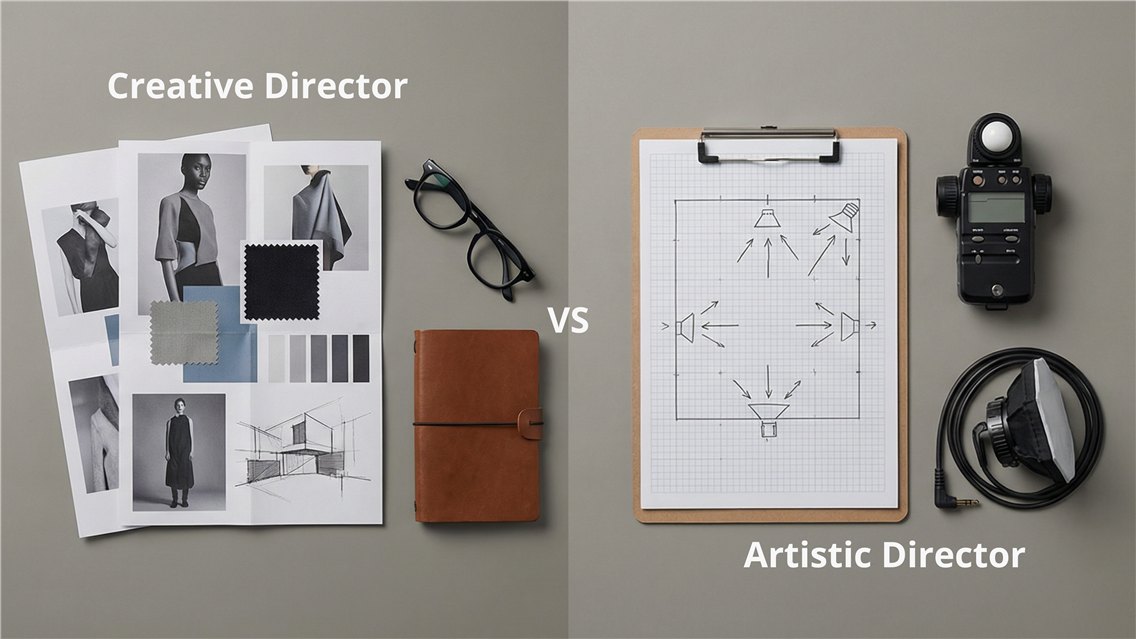How to Photograph Handbags: Fundamental Techniques and Creative Ideas
A well-shot handbag tells a story about quality, lifestyle, and value. That story is what sells the item. And it’s not as easy as it looks.
Bags come in all shapes, sizes, materials, and moods. From a structured leather crossbody to a soft suede tote, each type requires a unique approach. Lighting shifts. Angles matter. What works for a luxury handbag will fall flat on a sporty backpack.
This guide breaks down everything you need to know from the fundamentals and the creative tricks to shoot bags that look clean, intentional, and market-ready. Whether you're handling a DIY shoot or producing images for high-end clients, you’ll find tips here that make a real difference.
We'll cover setups, lighting, styling, materials, ecommerce standards, creative ideas, and more. And at the end, we’ll show you how pro retouching can elevate your photos even further.
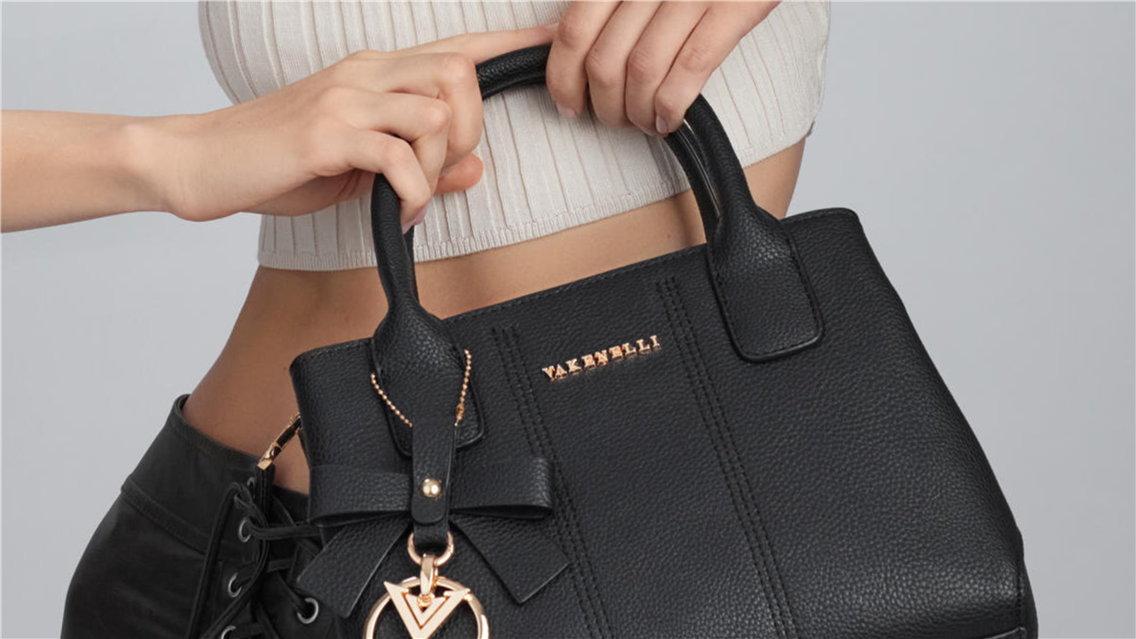
Bag Photography Setup Essentials for a Flawless Start
Before you even turn on the lights, your setup needs to be dialed in. A clean, intentional setup doesn’t just make your life easier; it saves hours in post and keeps your shots consistent across a collection.
Gear That Works. From Pro Setups to DIY Bag Photography
You don’t need to go overboard on gear. What you need is control.
- Camera: A full-frame DSLR or mirrorless camera works great. If you’re shooting for high-end clients or large-format prints, medium format gives extra sharpness and dynamic range.
Related read: 5 Essential Tools for Professional eCommerce Product Photography
- Lens: Stick with a 50mm or 85mm prime lens for natural proportions. Zooms are fine, but primes give better sharpness. A tilt-shift lens can help fix perspective distortion if you’re shooting bags from above.
- Tripod: Non-negotiable. Keeps your frame consistent and lets you shoot tethered without juggling everything.
- Tethering setup: Even if you're shooting solo, previewing your images on a screen helps catch shape issues, folds, or dust early.
- Clamps and stands: Use them to hold straps, open flaps, or lift details like keychains or tags.
- Soft weights or foam inserts: These help shape bags without being visible. More on that in a bit.
If you're working on a budget or doing DIY bag photography, substitute with natural light near a window, a foam core reflector, and a simple white sweep. The goal is the same: to control the shape and eliminate distractions.
Studio Lighting for Bag Photography
Lighting is everything. Start with this baseline setup:
- One large softbox from the front-left or front-right.
- A second light (or reflector) to fill in the opposite side and soften shadows.
- A top light or backlight to help separate the bag from the background.
Then tweak from there.
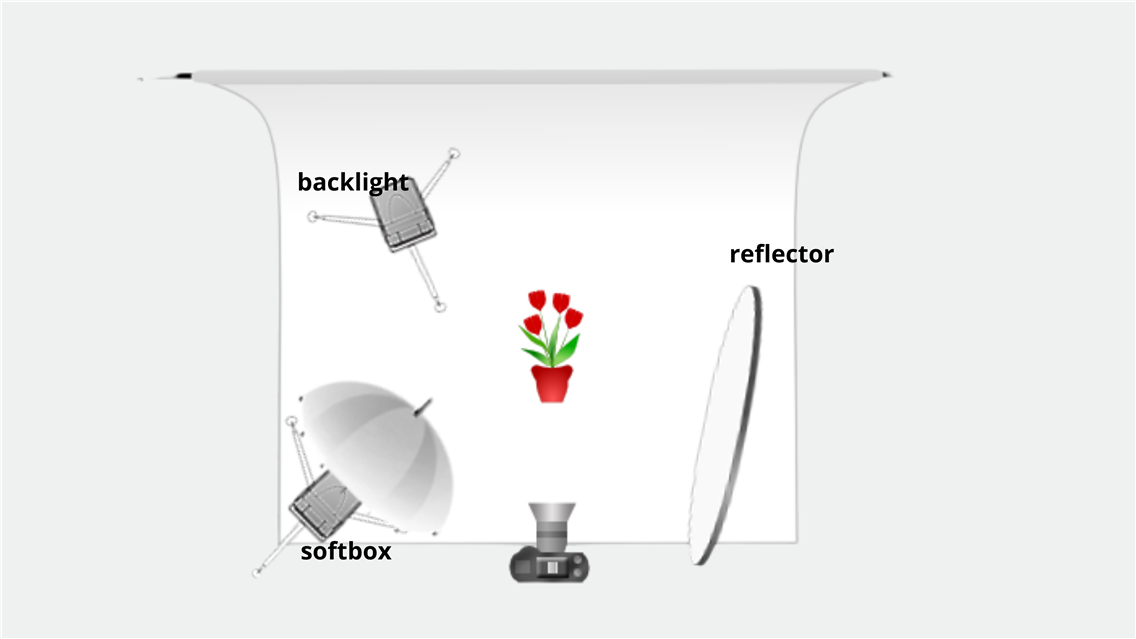
Soft light is your friend. It keeps straps from casting harsh shadows, smooths out curved surfaces, and gives you more control in post. Use diffusion like umbrellas, softboxes, or even sheer fabric, to tame the light. For starters, consider buying or DIYing a lightbox for a controlled environment.
For reflective bags, like patent leather or metallic finishes, you'll want to flag off parts of your lights or build a quick diffusion tent to avoid ugly reflections. We’ll dive deeper into material-specific tricks later on.

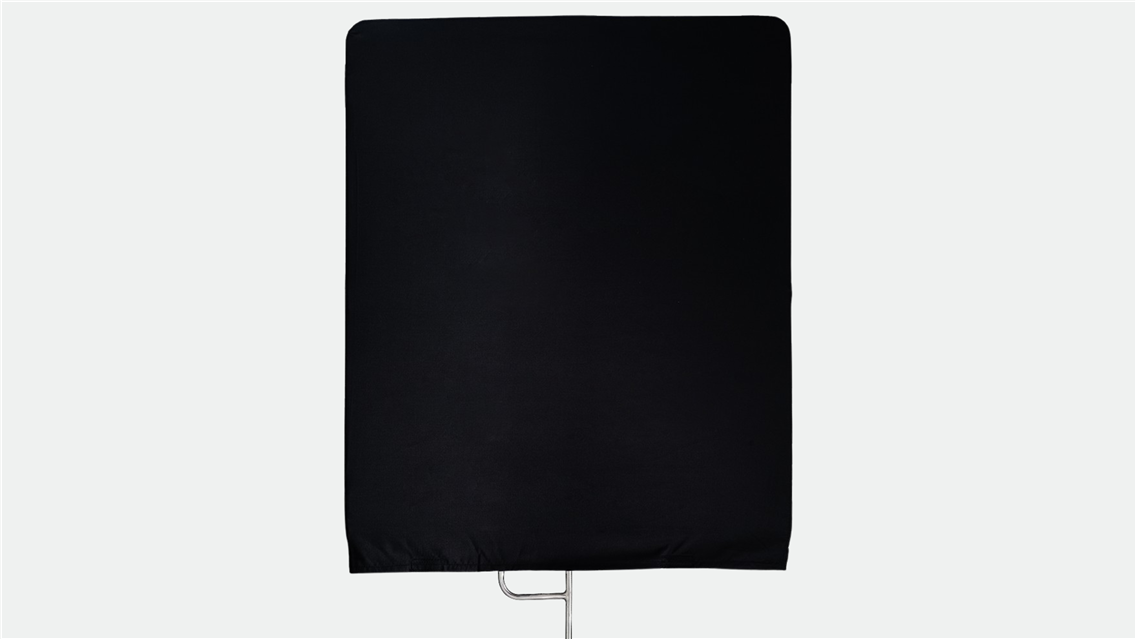
One more thing: don’t ignore the background. A clean white or off-white sweep is the standard for e-commerce, but creative campaigns may call for texture, color, or depth. Your lighting setup should account for that from the start.
Prepping the Bag and Capturing the Basics: Tips for Consistent Results
If you want pro-level results, prep is non-negotiable.
Start with Shaping and Cleaning
How a bag holds its shape defines the shot. A luxury tote that slouches too much looks cheap. A rigid backpack that leans forward looks unstable. The solution is in the invisible structure.
Use tissue paper, packing foam, or even rolled-up socks to fill out the inside. Don’t overstuff; it should look natural, not swollen.
Support the bottom panel with a piece of cardboard or thin foam if it starts to sag.
Lift handles and straps with thin wires or fishing line. Tape them to a C-stand or hold them just out of frame. Avoid letting straps droop; it makes the bag feel lifeless.
Wipe everything down. Use a lint roller on canvas or suede. For leather, a microfiber cloth does the trick. Shine metal hardware if needed. Dust shows more than you'd expect under studio lights.
Bag Product Photography Tips for Core Angles
Once your bag is prepped, it’s time to capture the essential shots. These are the angles buyers expect to see, whether you're shooting for a product page or a catalog.
Here’s a simple checklist:
- Front view — Centered, symmetrical, and head-on.
- 45-degree angle — Adds depth and shows both front and side panels.
- Side view — Especially important for structured or accordion-style bags.
- Back view — Often overlooked but important for detailing and branding.
- Top-down — Helps show closures, zippers, and compartments.
- Interior shot — Open the flap and light it well. Use a small reflector inside if needed.
- Detail close-ups — Think logo, stitching, zipper pulls, or lining texture.
Keep your framing and camera height consistent across different models in a collection. If the front view of one bag is angled slightly down and another is angled slightly up, it kills that clean, polished grid on a website.
And always check symmetry. Tiny tilts look huge in product photography. Use a level or digital grid to keep everything square.
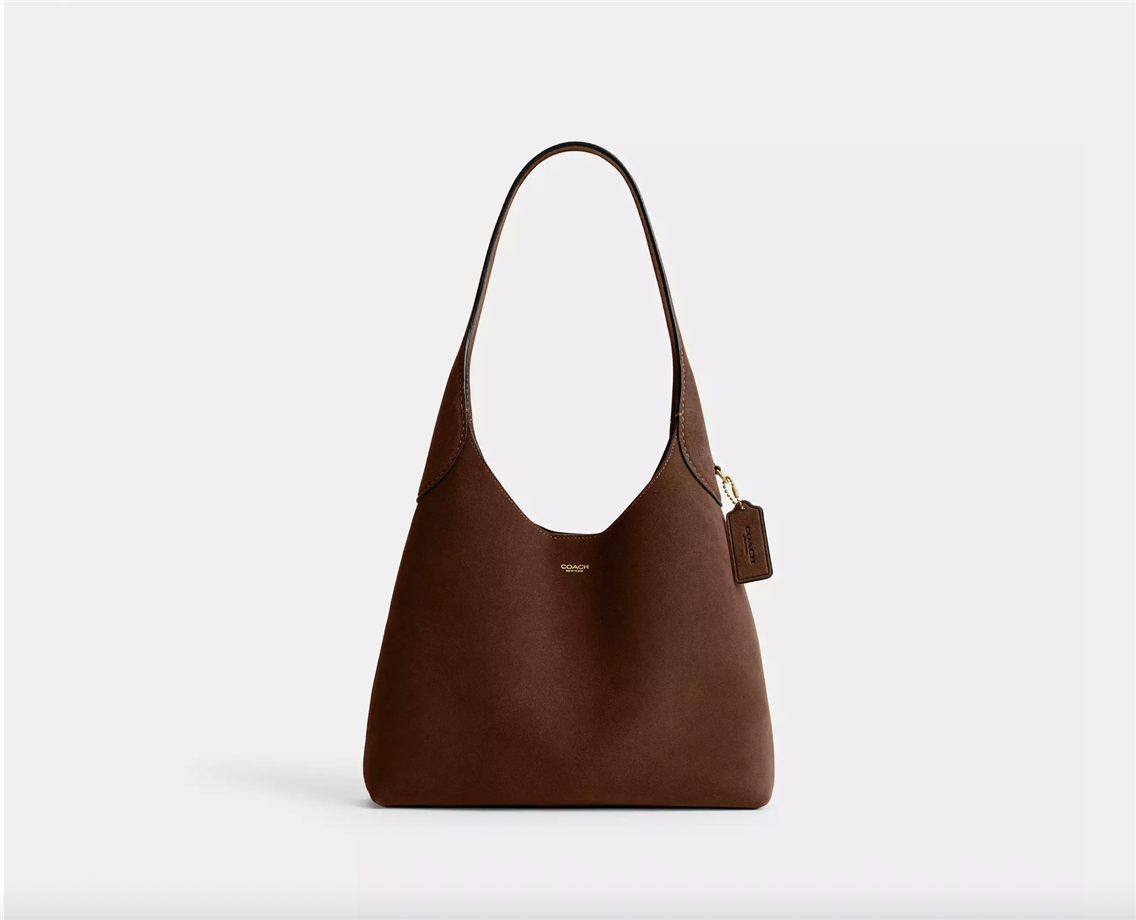
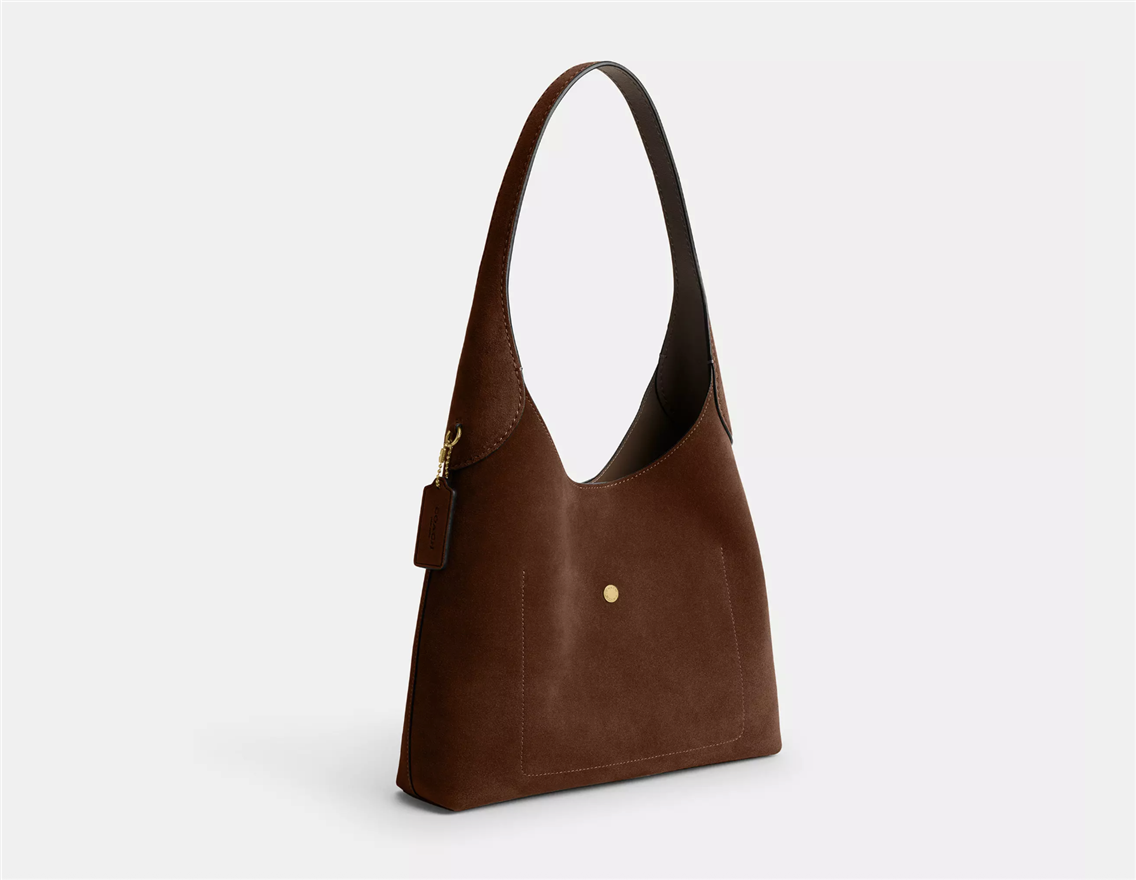
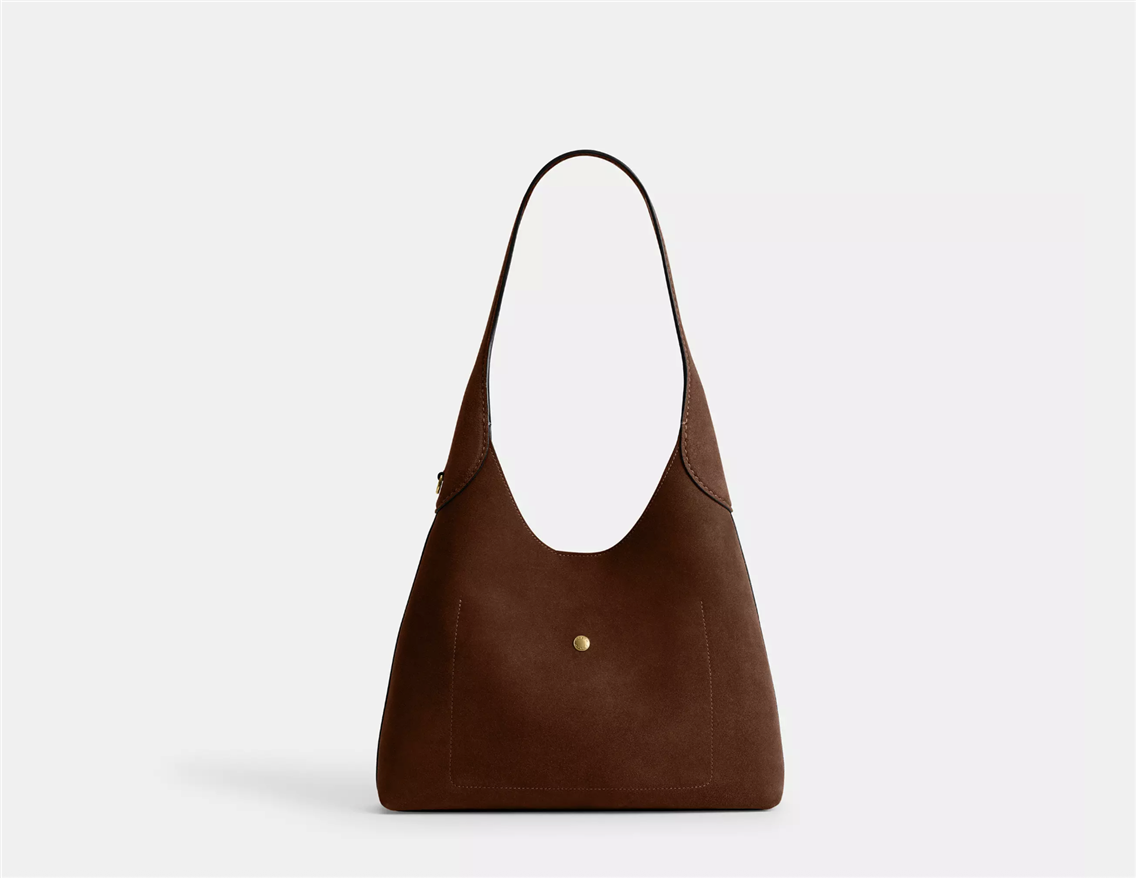
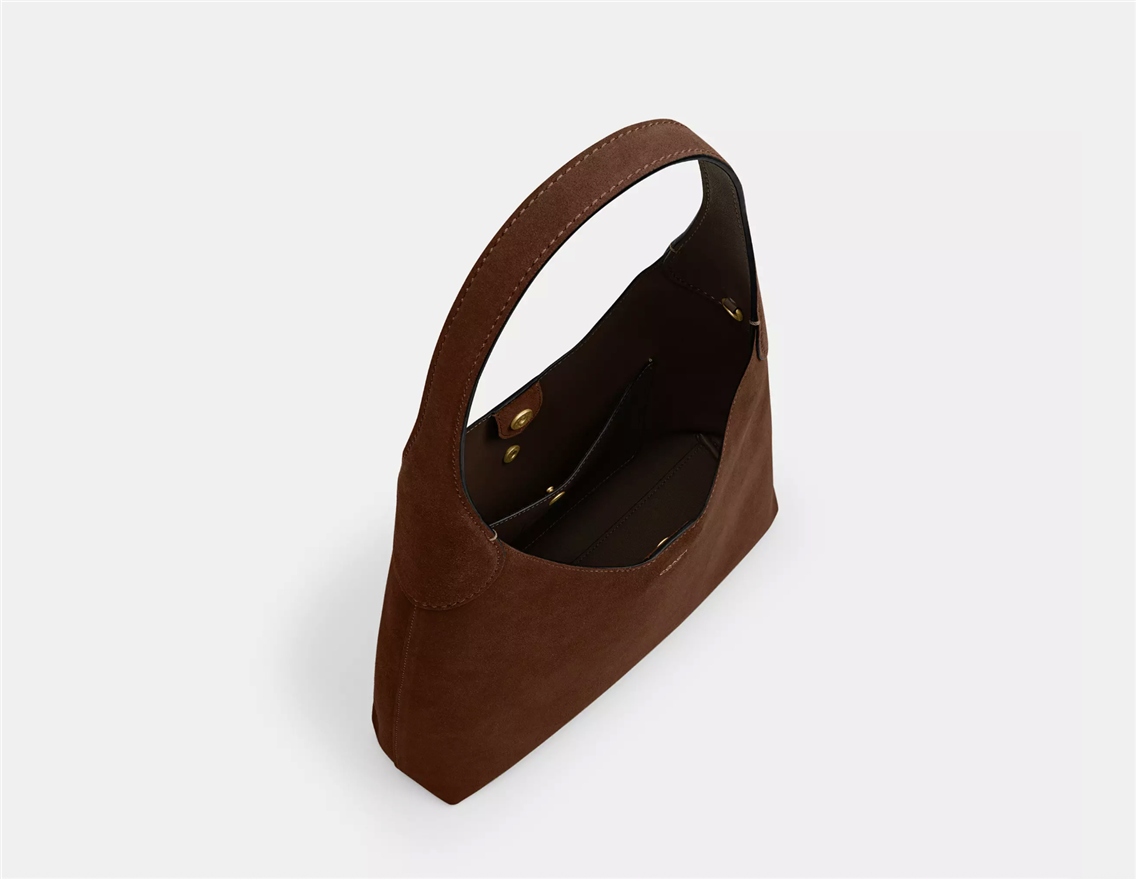
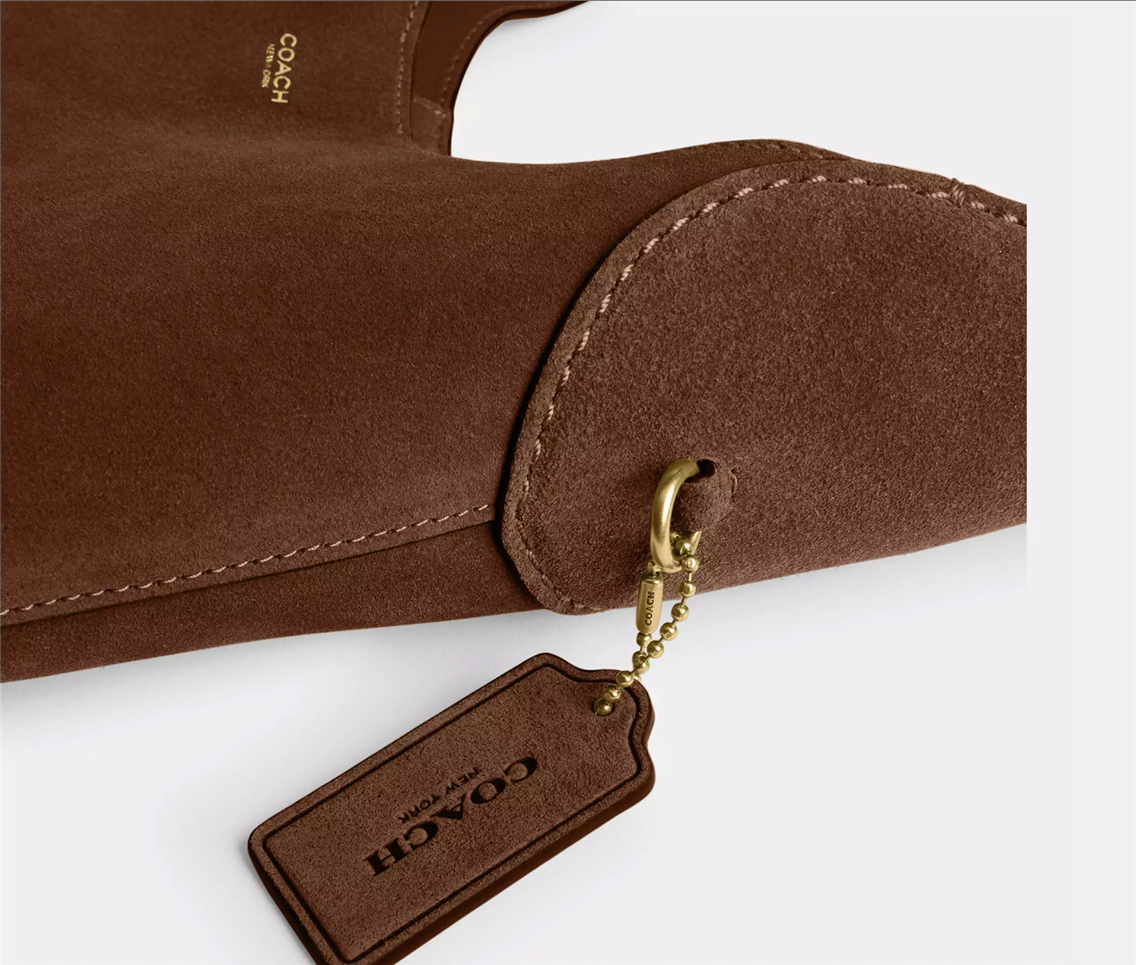
Adapting Professional Light to Form and Material for Bag Photography
You can’t light every bag the same way. Shape and surface dictate how light behaves, and if you ignore that, the photo falls apart. Gloss flares. Suede flattens. Soft bags sag. If you're aiming for consistency and quality, the form and material have to lead your setup.
Backpack Product Photography: Show Structure and Utility
Backpacks are less about elegance, more about purpose. So shoot them like gear: sharp, intentional, no drama.
Keep it upright. Fill it with foam or soft props to support the shape. Never let it sink or slump.
Clean the silhouette — hang or tape the straps neatly. If the model wears it, don’t let the straps twist or pull.
Light evenly. One key light, one fill, both soft. Avoid strong side lighting unless it’s a campaign shot.
Show the function: zippers open, compartments visible, lining lit.
Great reference: Aer, Bellroy, or Rains. Clean, matte, and focused. No distractions. Just smart lighting on well-prepped gear.
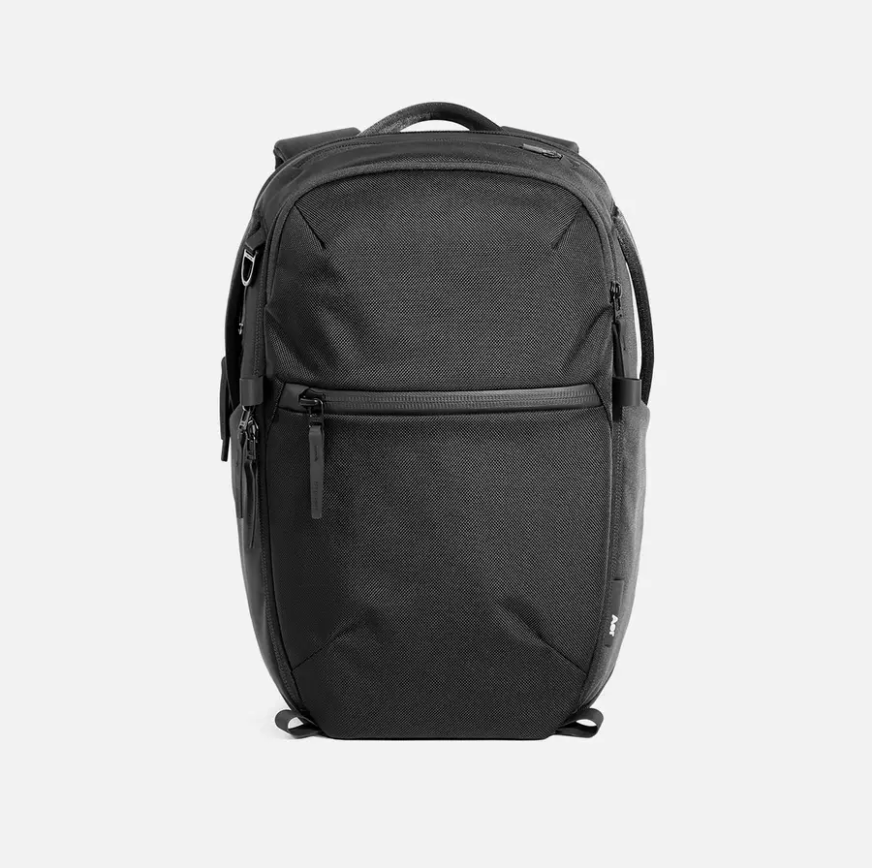
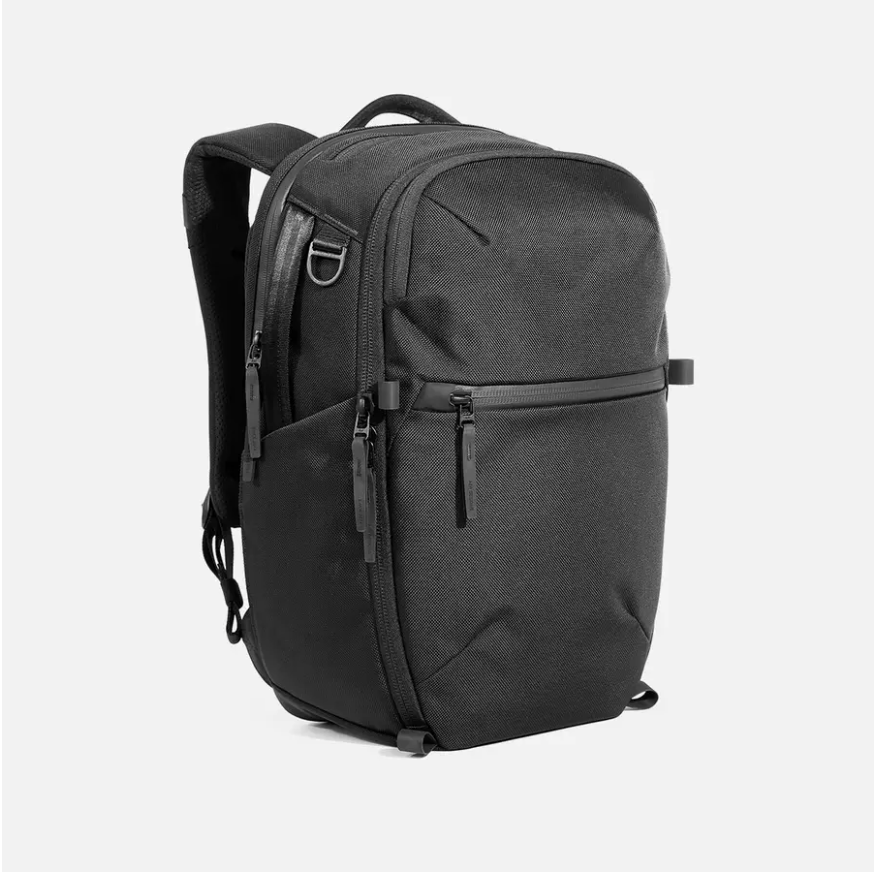
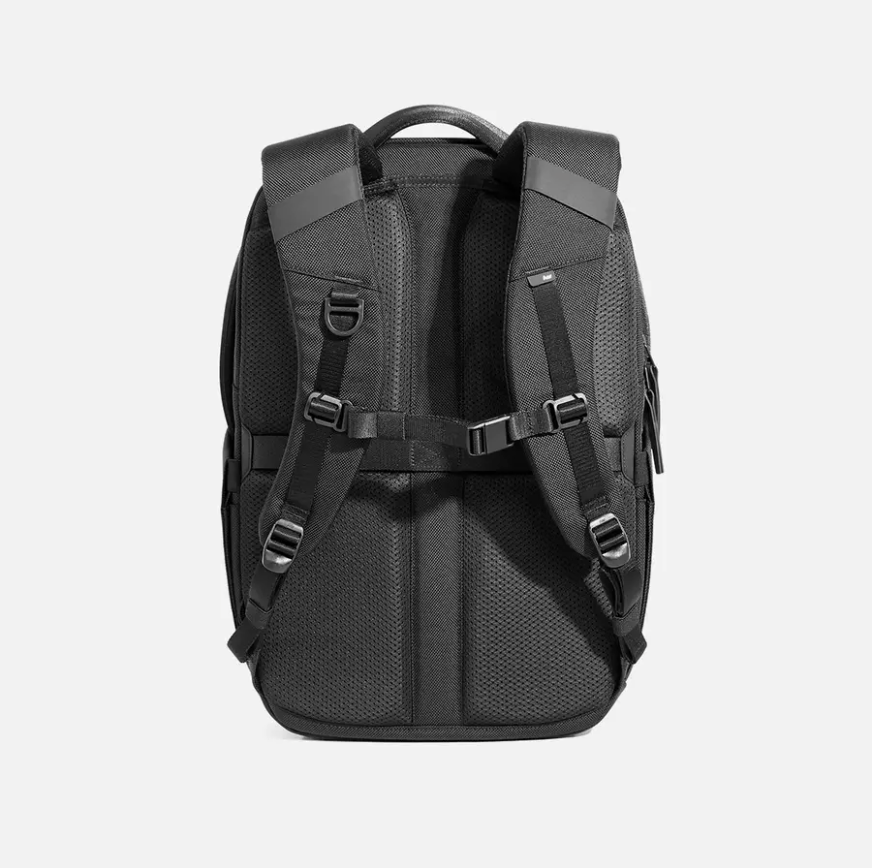
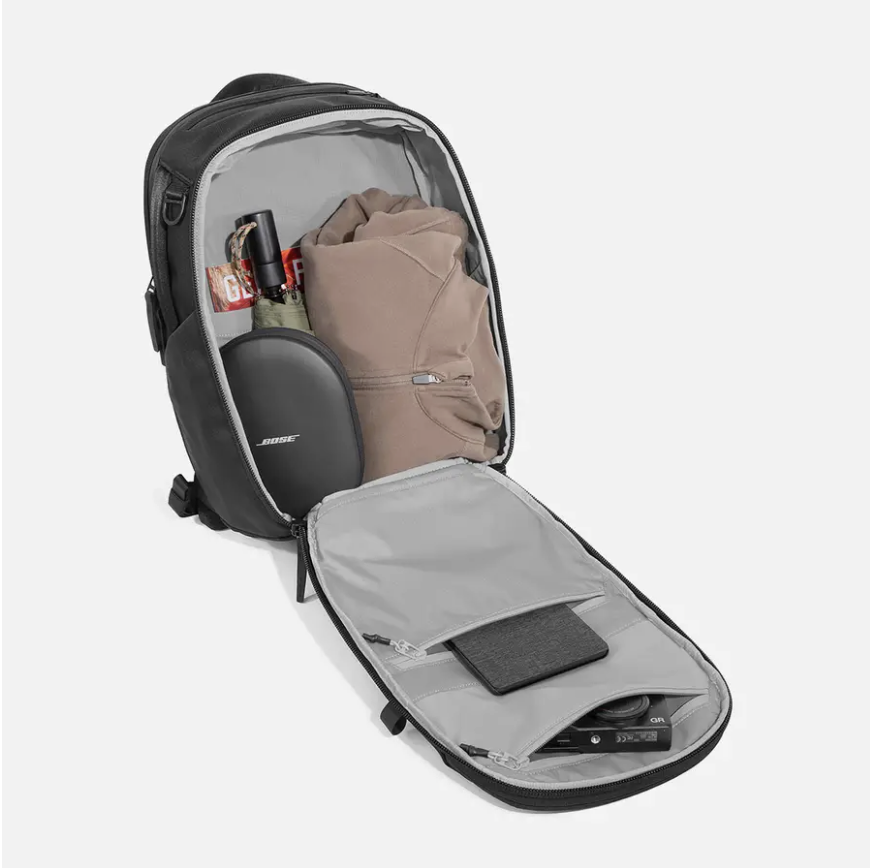
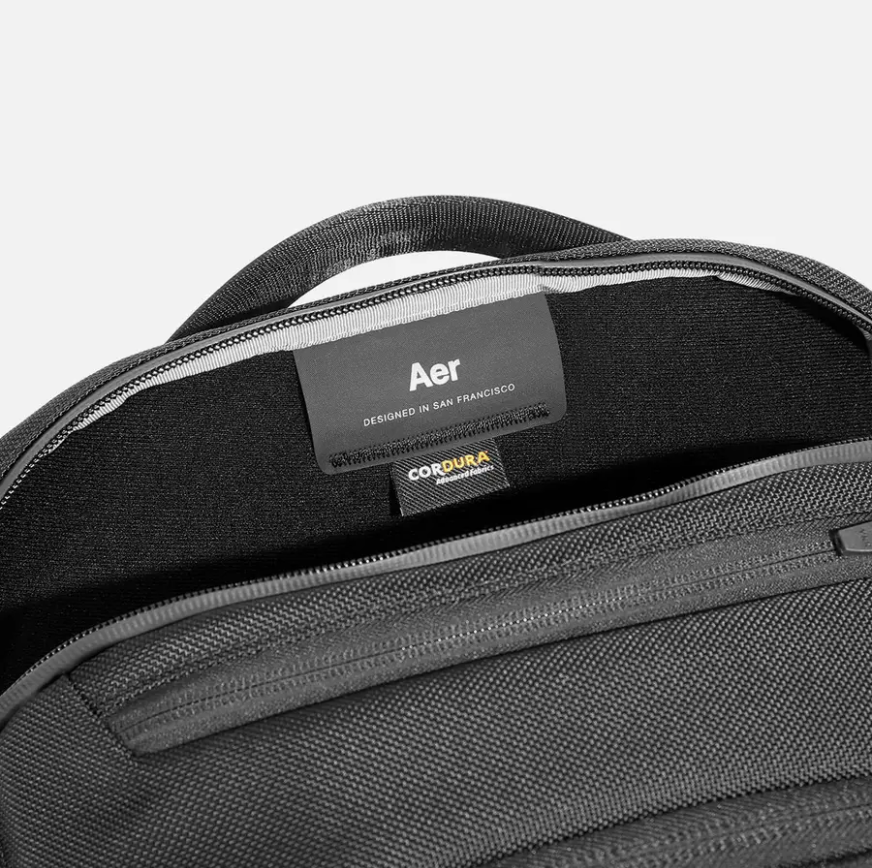
Suede and Soft Leather Bags: Avoid the Flat Look
Suede eats light. Matte finishes look dull without proper direction. If you don’t shape it with care, the bag dies on camera.
Use soft side lighting, not frontal. That way, the texture comes alive. Keep contrast low, suede isn't about high-shine drama. You want gentle shadows, not deep cuts. Don’t manhandle the bag; every press of a finger leaves a mark. Lint rollers and gloves save retouch time.
Support slouchy shapes from below. Don’t try to fake structure, show the softness, but make sure it doesn’t collapse. Think The Row or Toteme. Their softness is calculated. Relaxed, not sloppy.
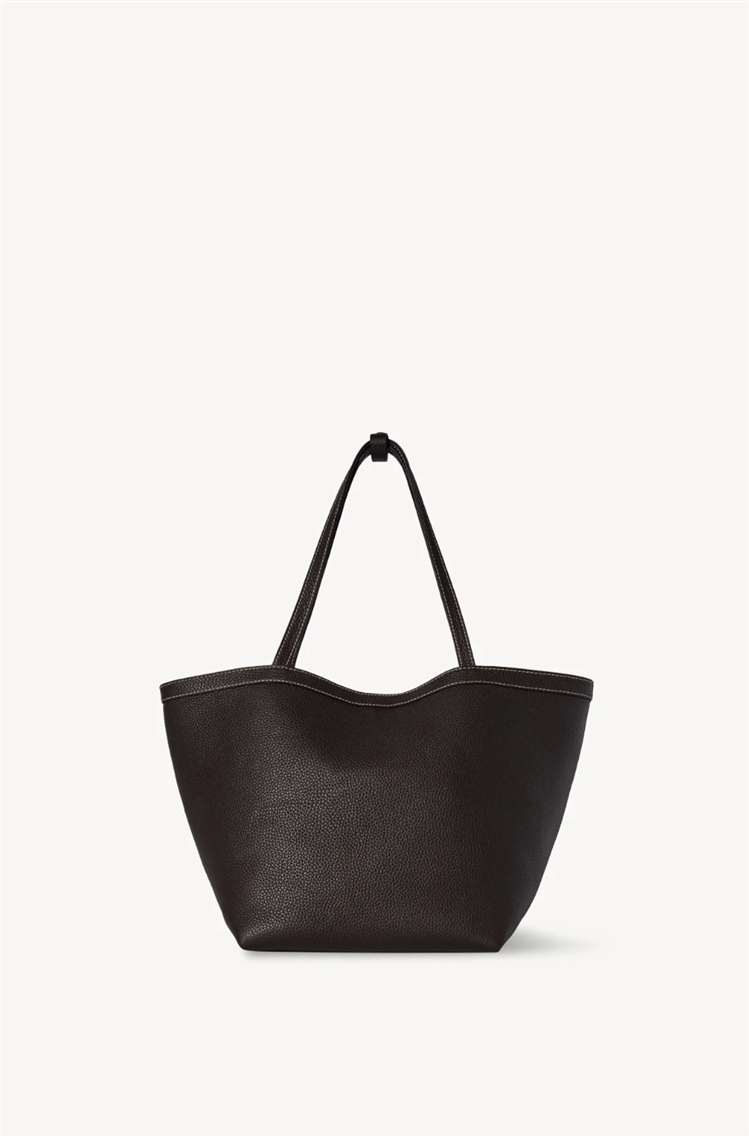
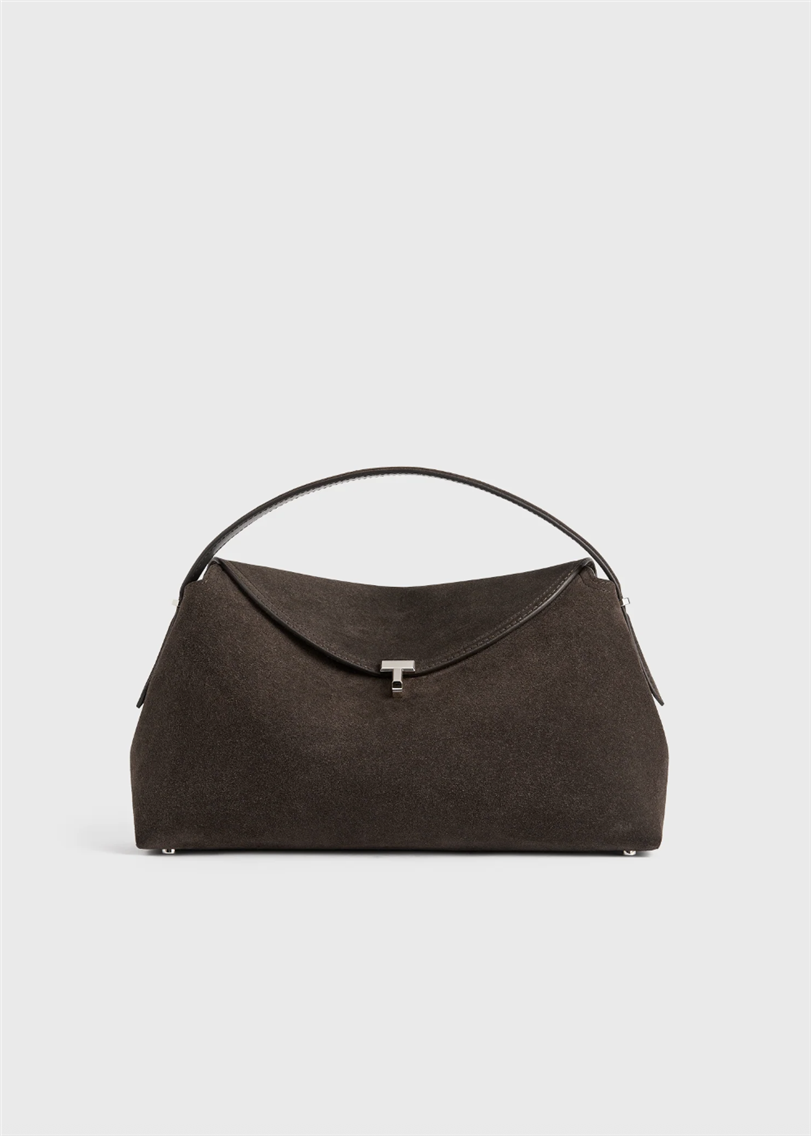
Handling Gloss and Reflective Surfaces in Bag Product Photo
High-gloss leather and patent finishes love to misbehave. But if you know how to control reflections, they become your edge.
Use a large diffused source like a softbox or bounce board. The bigger the light, the cleaner the highlight. Add flags or black cards to sculpt the gloss. Gloss sells luxury. Don’t over-matte it. Watch for hot spots on metal logos or chain straps. Adjust the angle or use smaller diffused fills for detail areas. A polarizer may help, but don't rely on it. Sometimes it kills the highlight too much. It’s better to manage angles instead.
Look at Jimmy Choo, By Far, or Balenciaga product shots. Reflections are deliberate, graphic, and symmetrical. Clean highlight lines show control.
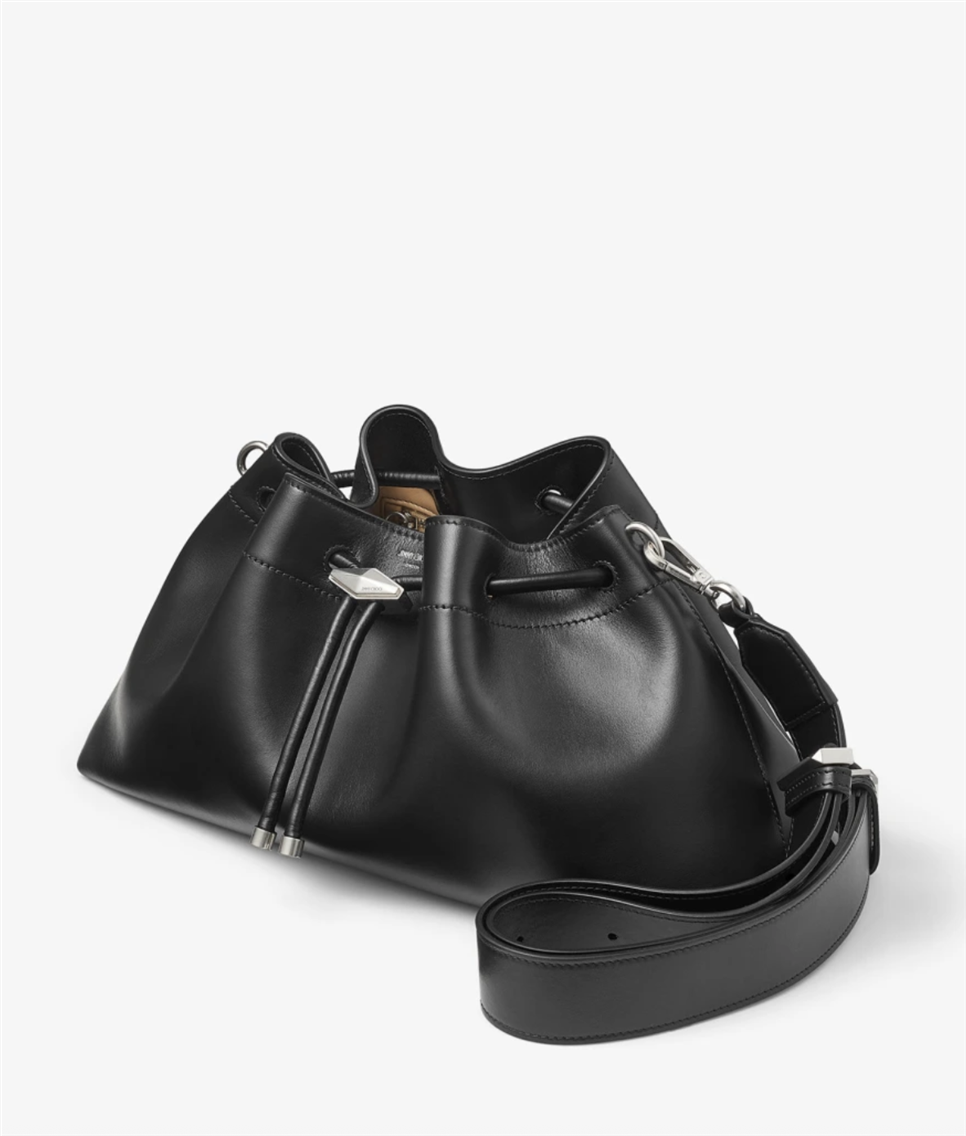
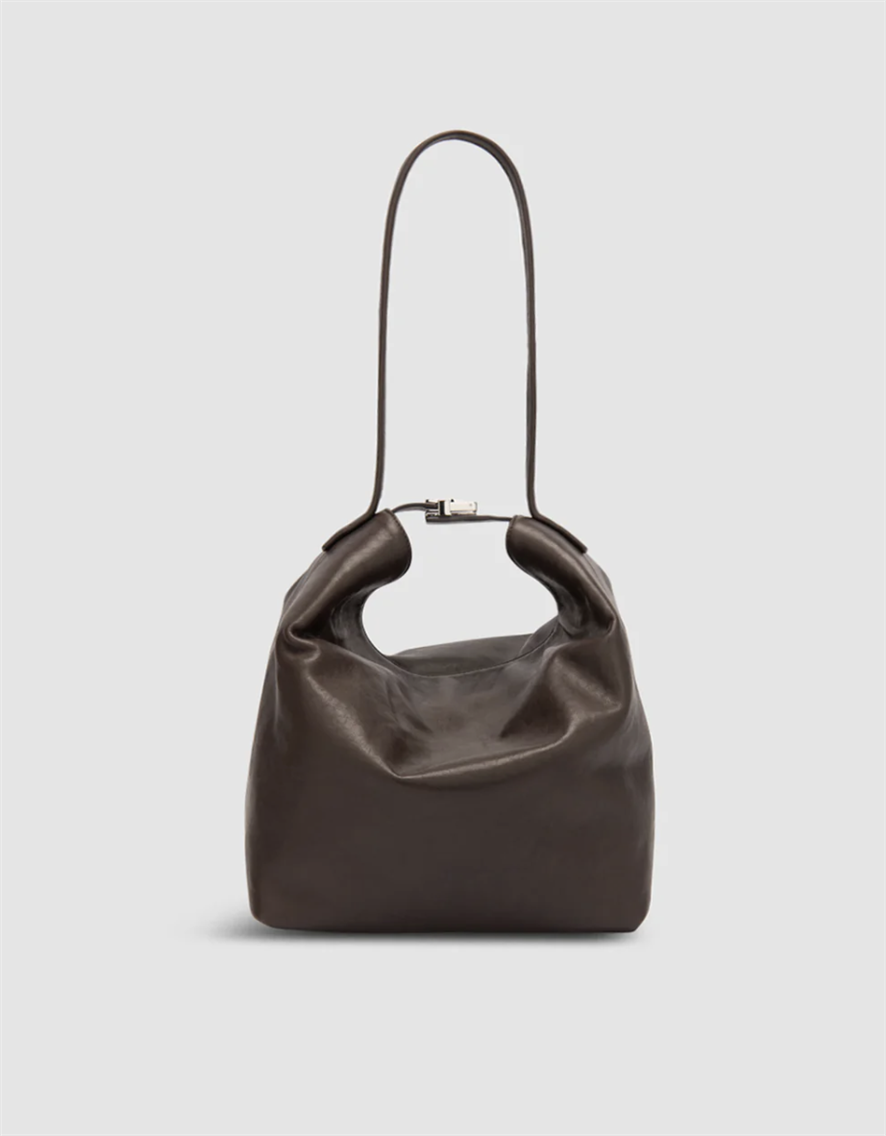
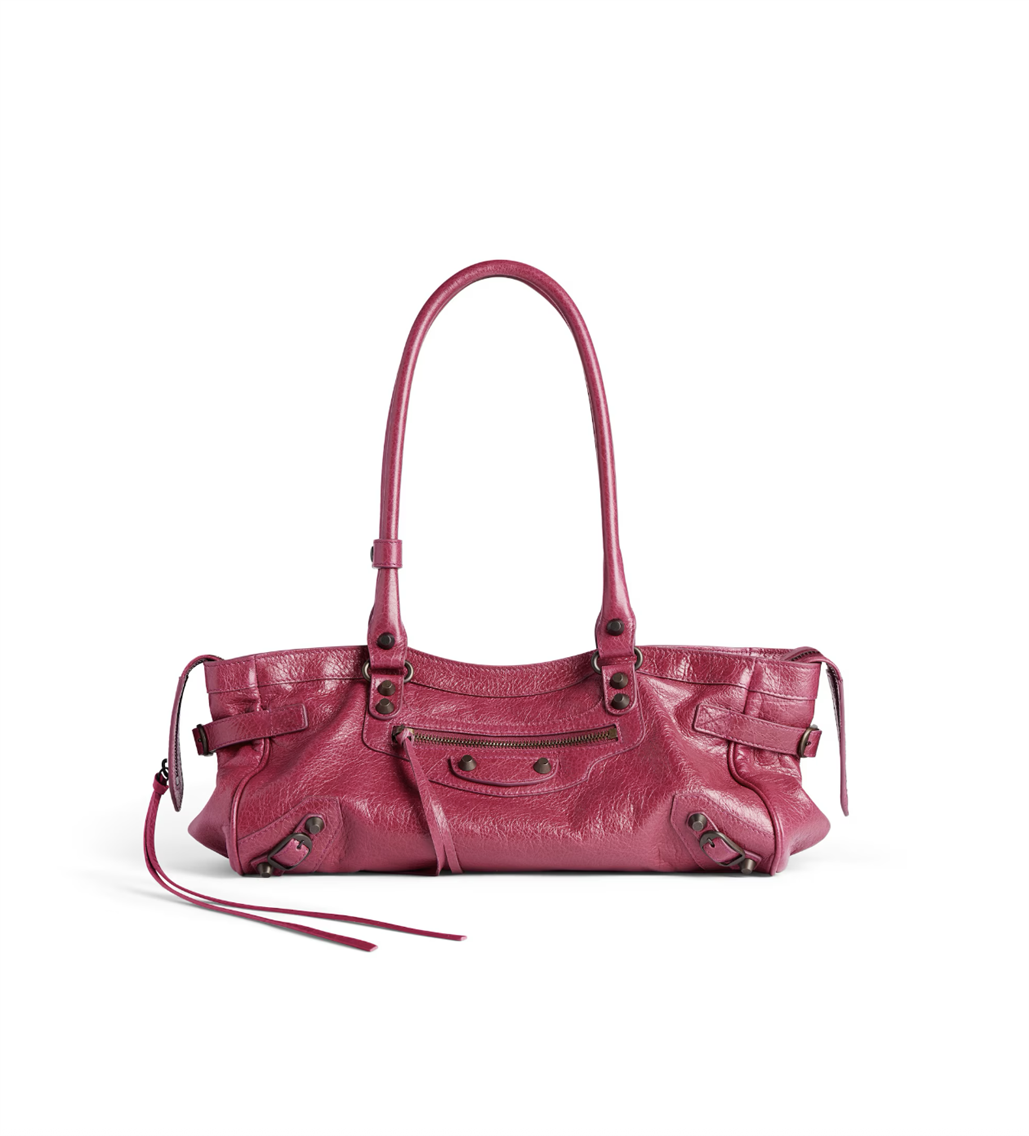
Backgrounds and Styling in Bag Still Life Photography
Once you’ve nailed the basics, it’s time to move beyond white sweeps and show some personality. Backgrounds and styling can completely change how a bag feels, casual vs. luxury, trend-forward vs. timeless, urban vs. romantic. And if you’re shooting campaign or editorial work, this is where your creative eye shines.
Bag Photography Backgrounds That Carry Meanings
If you're shooting a suede tote for The Row, you wouldn't place it on bubblegum pink acrylic. Not because it's wrong technically, but because it breaks the mood. Luxury brands sell restraint. Tension. Quite expensive. The background has to whisper that.
A pale floor, soft shadows, maybe a linen drape with just a ripple. That’s what works. Look at The Row's campaign stills. Most have no props, just space and light. The environment feels expensive because nothing is trying too hard.
Now compare that to Telfar. Bright, seamless color backgrounds, sharp shadows, often styled flat or held by real people. Their bags are loud, democratic, joyful. The background is a billboard. It helps the bag yell on purpose.
COS goes to clean architectural textures. Neutral palettes. Slight asymmetry. The background becomes an extension of product design, form, and function in visual language.
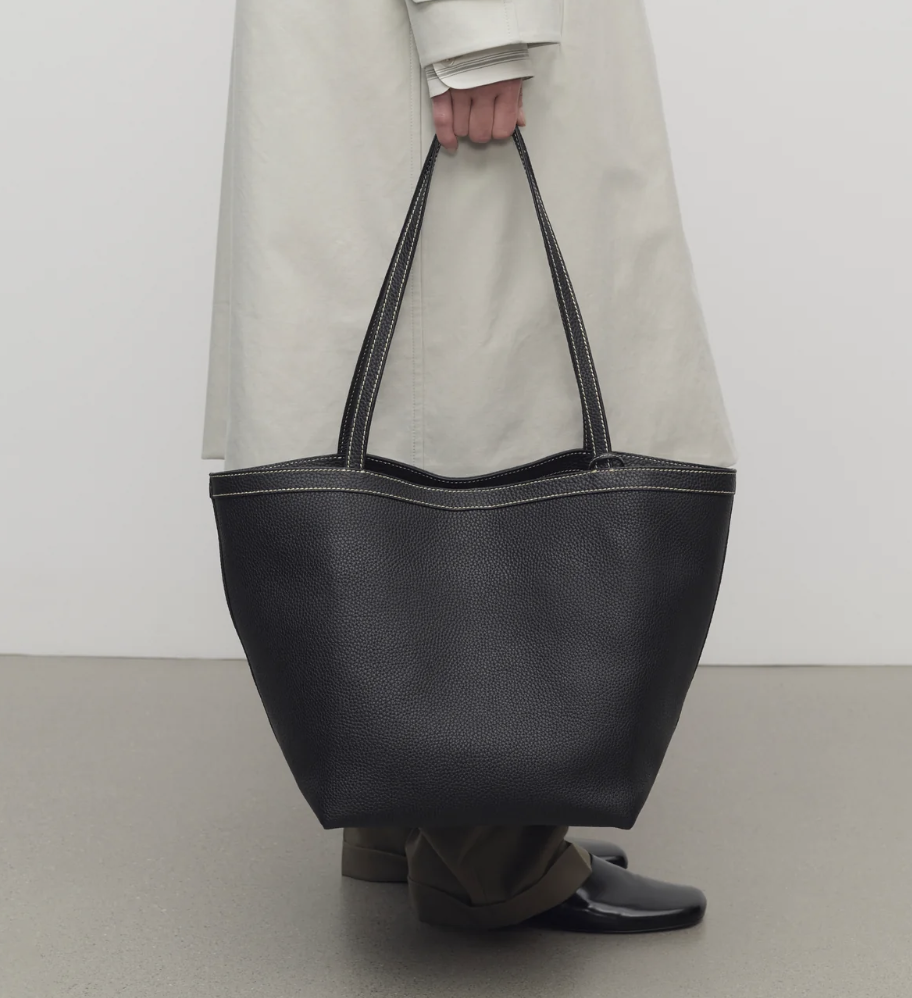
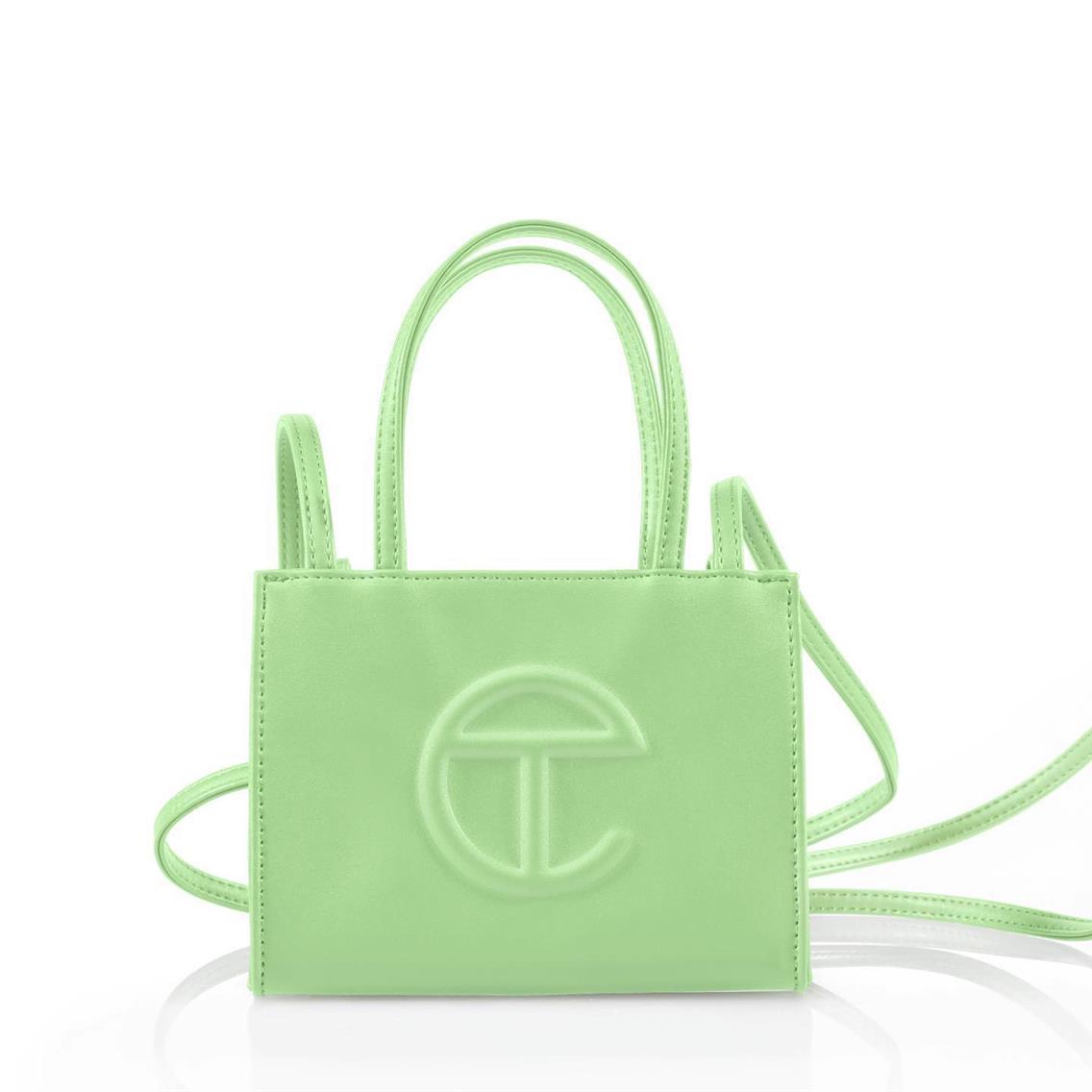
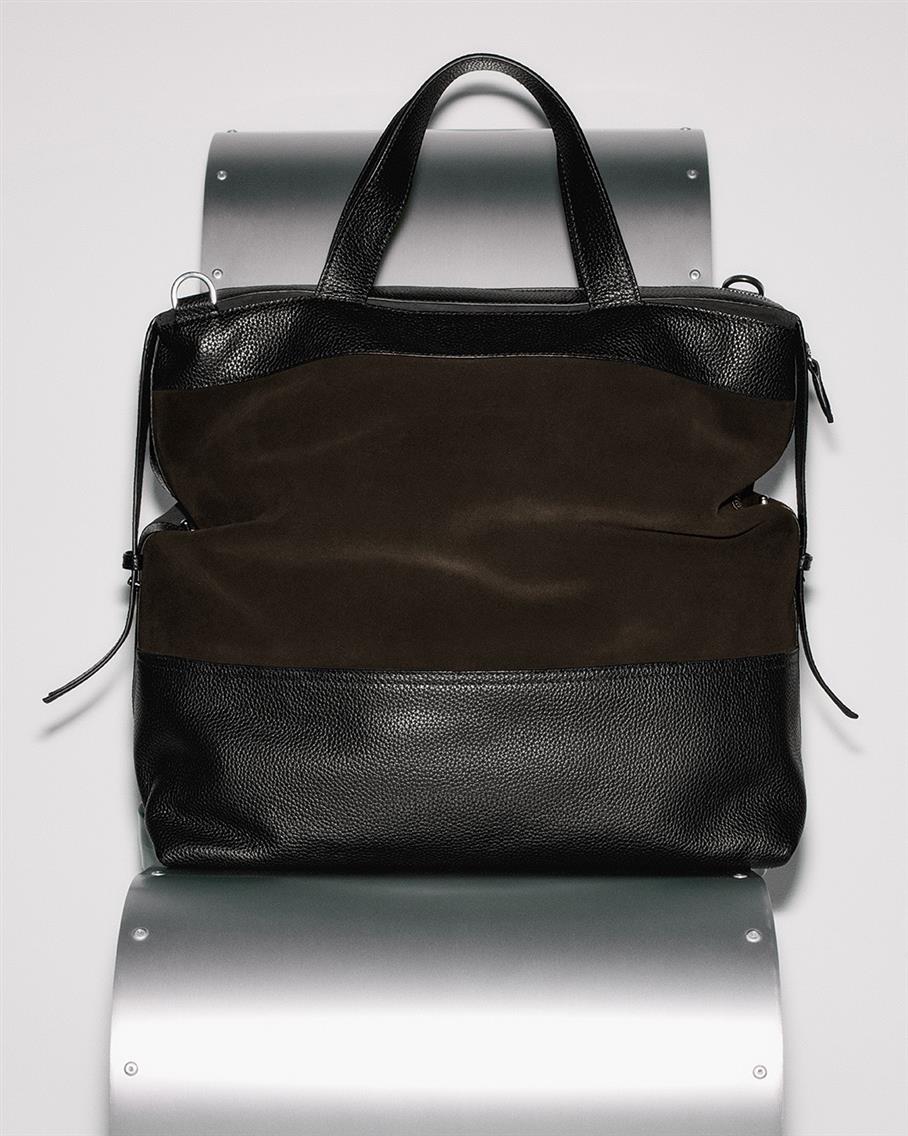
Creative Bag Still Life Photography Ideas that Align with Brand Psychology
Props are dangerous. One wrong object, and the bag suddenly feels like it's part of a bad ad setup for a kitchen appliance. That’s why great styling doesn’t mean more. It means precise.
| Mansur Gavriel uses barely-there props. Maybe a lemon, maybe a finger pulling open a bag. It feels like a still from a morning. Their color language is soft but optimistic. Their props suggest a lifestyle where the bag is the quiet star. | 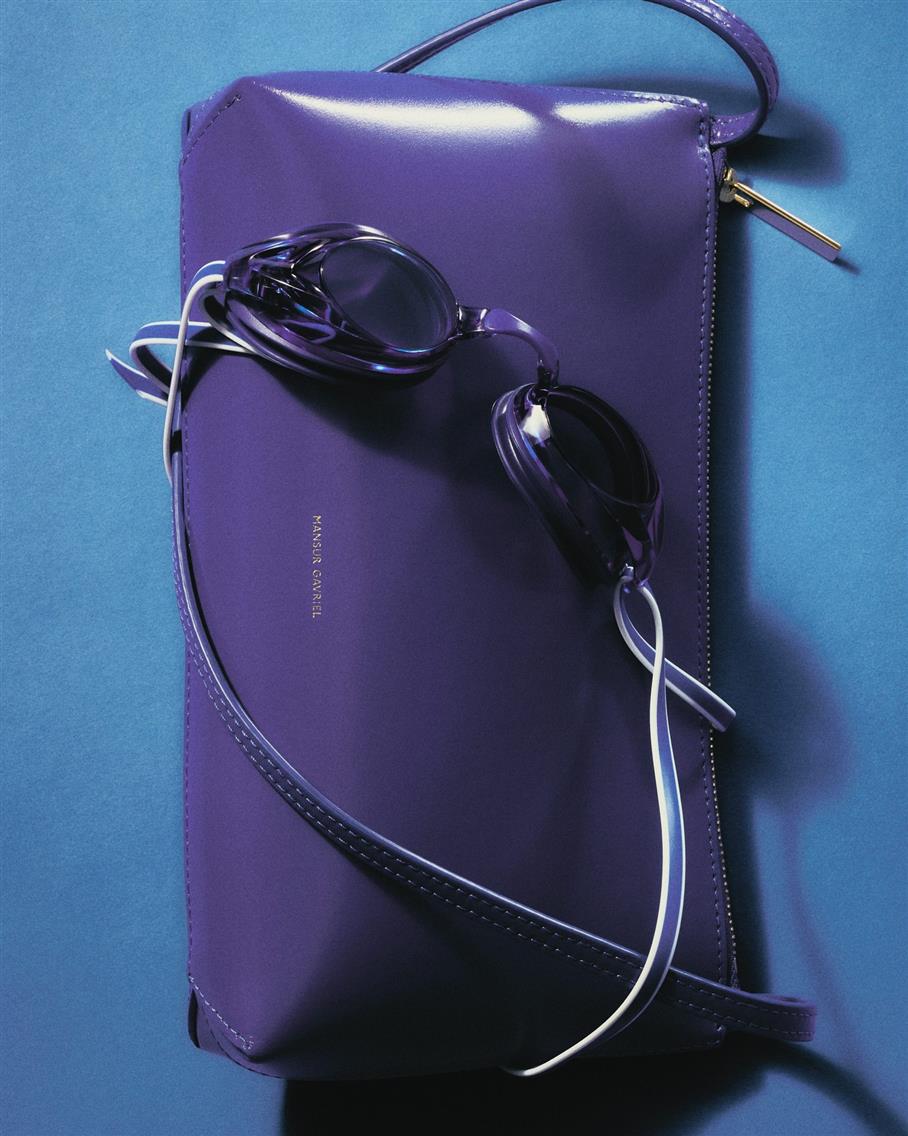 |
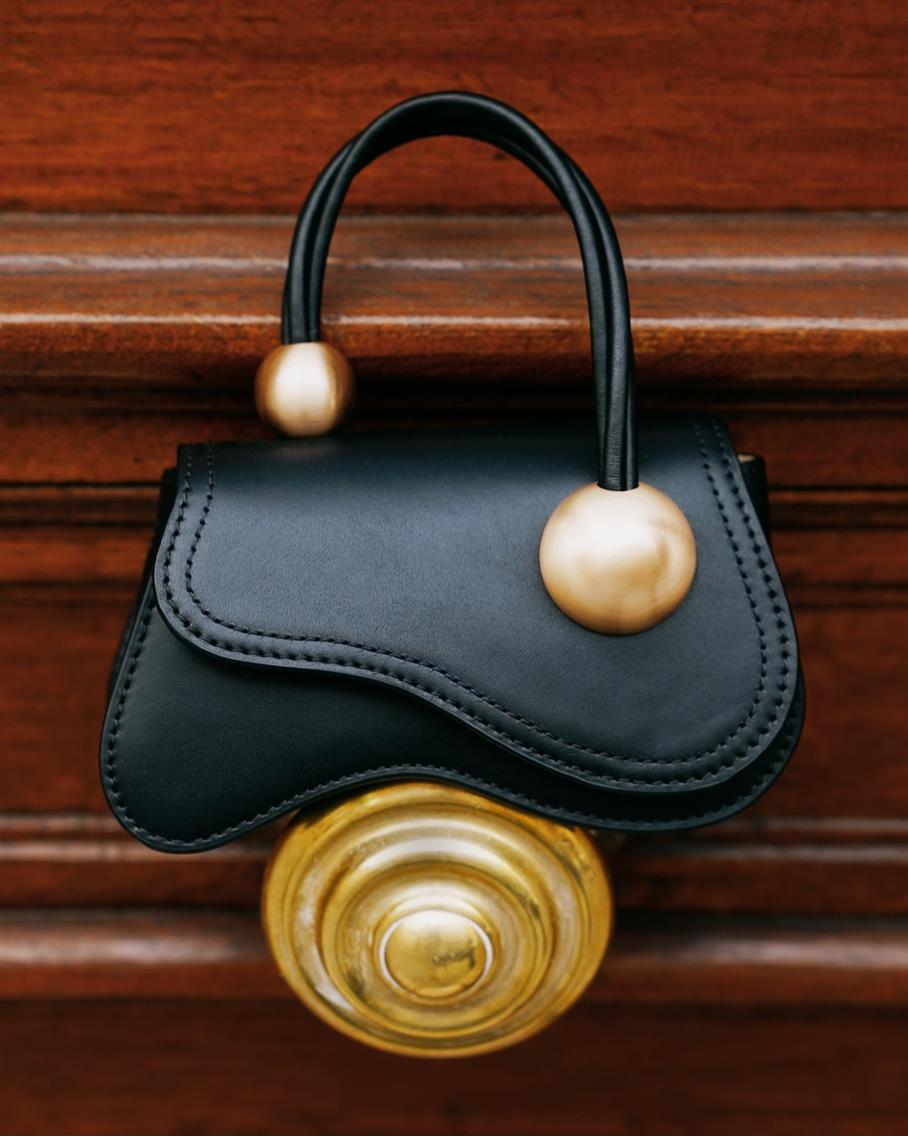 | Cult Gaia takes the opposite route. Props become sculpture. Their bags sit on travertine blocks, next to alabaster fruits, in golden-hour light. It's still life as fantasy. The goal is to place the bag in an imagined, elevated world. |
| A.P.C. loves gesture. Half-worn bags, models cropped at the shoulders, straps mid-swing. The still life isn’t still, it moves, breathes. There’s always a sense that someone just walked into the frame or just walked out. | 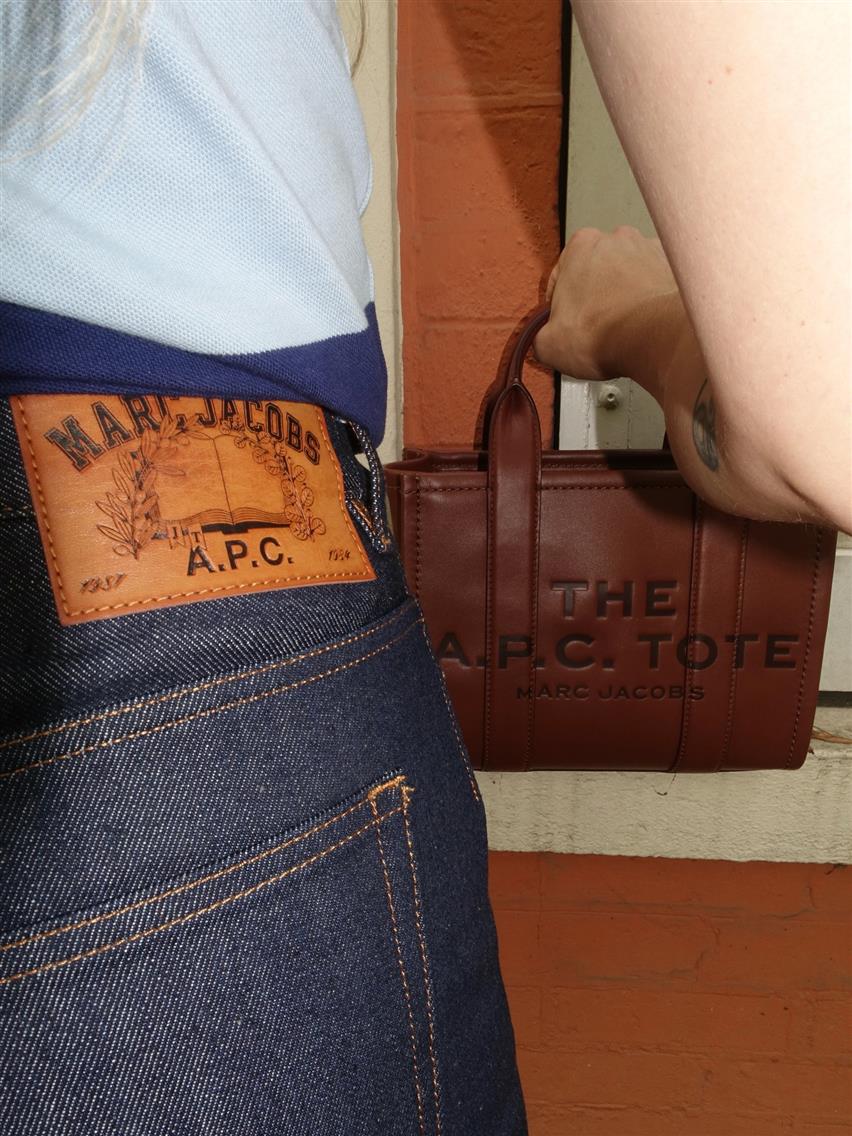 |
If you’re shooting a bag without a model, don’t just throw in a pair of sunglasses and call it styled. Ask: Who owns this bag? What do they carry in it? What city are they in? Do they commute or walk to lunch? What do they wear with it? Cotton? Silk? Denim?
That’s how you choose props. Not for color, but for character (within the color theory rules, of course). You’re building a scene that resonates with the buyer’s identity.
And yes, sometimes that scene is just a crisp white cube. But when it’s not, when you’re allowed to explore, make sure every element pushes the same feeling.
Catalog Bag Photography vs. Editorial and Socials
Not all bag photography plays by the same rules or serves the same purpose. A shot that works perfectly for an online catalog might feel lifeless in a campaign spread, while a marketplace algorithm could reject a social media image designed to grab attention in a fast-scrolling feed.
Understanding where your images will live is a must; while the technical setup may remain similar, the strategy behind the shoot must adapt accordingly.
For e-commerce, bag photography is all about consistency and clarity. Clean backgrounds, tight framing, and precise, measured shots help buyers see the product without distraction. Think pure white or very light gray backgrounds, centered compositions, and a full set of front, side, back, interior, and close-up shots, all aligned on a grid to maintain uniformity across SKUs. This approach is essential for platforms like Amazon or Farfetch, where structure and detail drive conversions.
In contrast, luxury editorial campaigns take a different approach. Here, photography isn’t about straightforward documentation but about creating desire. Lighting can be dramatic, compositions more fluid, and backgrounds more atmospheric. Bags might be partially cropped, blurred, or shadowed, all to evoke mood and seduce the viewer rather than simply show the product.
Social media photography demands fast impact and scroll-stopping visuals. It thrives on energy and movement: tight crops, punchy backgrounds, and dynamic styling. Whether it’s a hand entering the frame, a bag caught mid-drop, or straps fluttering in motion, these images spark curiosity and engagement in a way static catalog shots cannot.
Understanding these distinctions is key to crafting the right visual strategy for your bags. For a deeper dive into selecting the perfect style for your brand’s needs, check out our related read: Handbag Photography for Online Stores, Marketplaces, and Social Media.
Mastering Pose Direction for On-Model Bag Photography
Putting a bag on a person, even partially, gives it context. It tells the viewer how it moves, what size it is, and more importantly… who it belongs to.
Posing Bags on Models: From Utility to Desire
Every pose has a point of view. Holding a bag loosely at the side feels different than clutching it tightly to the chest. Slinging it over one shoulder says one thing. Crossing the strap across the body says something else entirely.
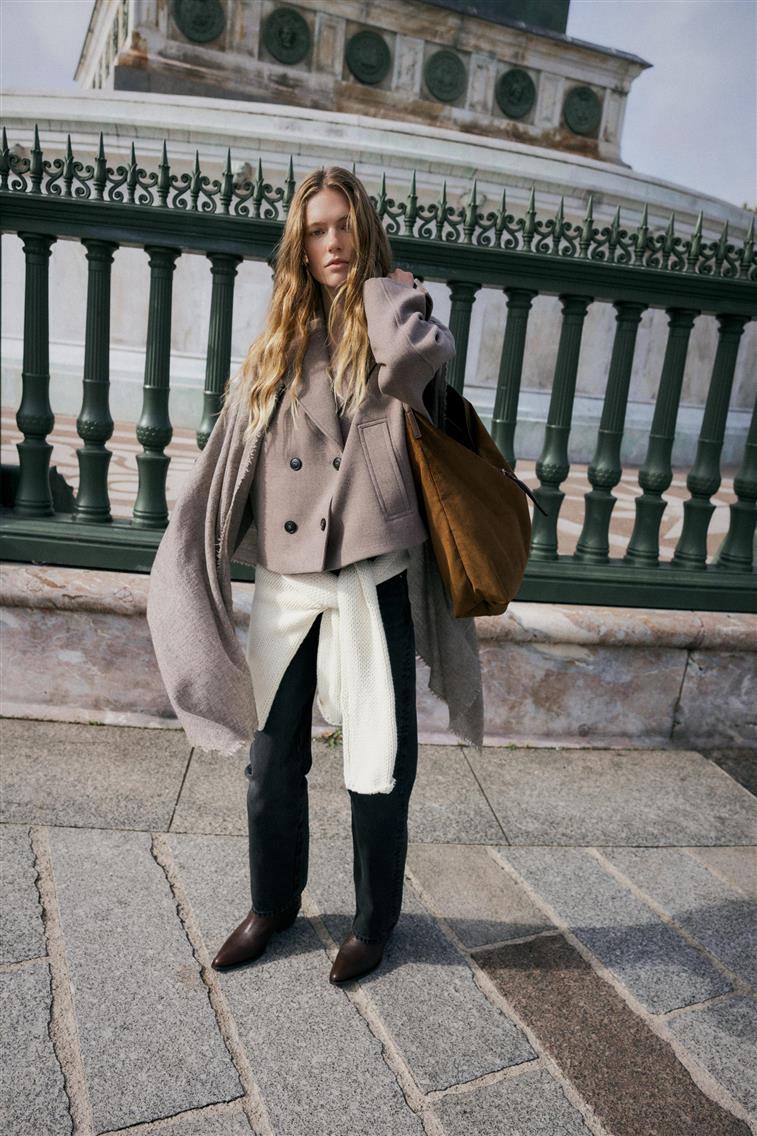 | For everyday totes or utility bags, think natural gestures: Over the shoulder, walking forward, mid-step gives motion. Held by the handles low, with a relaxed grip to show scale. Slung on a chair or beside the model on the floor for casual, lived-in, editorial. |
For structured or luxury handbags, think controlled precision: Wrist-level holds with elongated fingers are clean and elegant. Cradling under the arm, baguette-style is youthful and sharp. One hand delicately adjusting the strap adds intimacy and tension. | 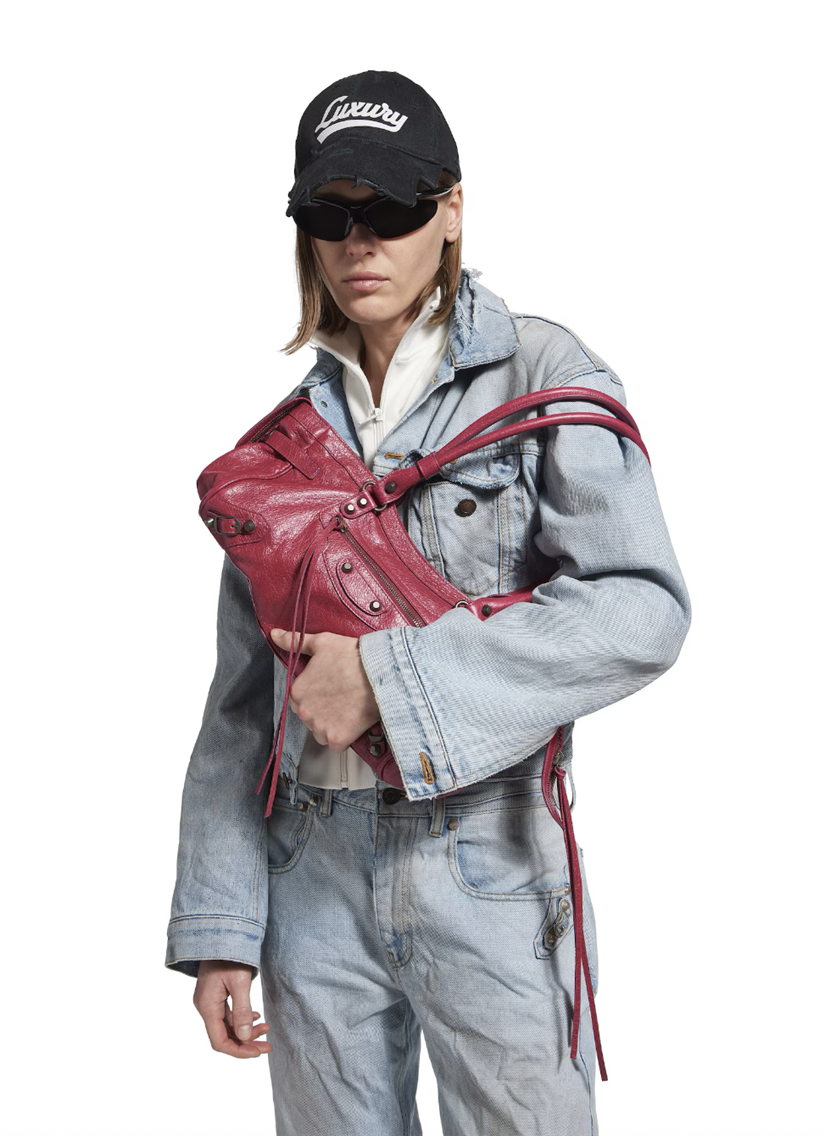 |
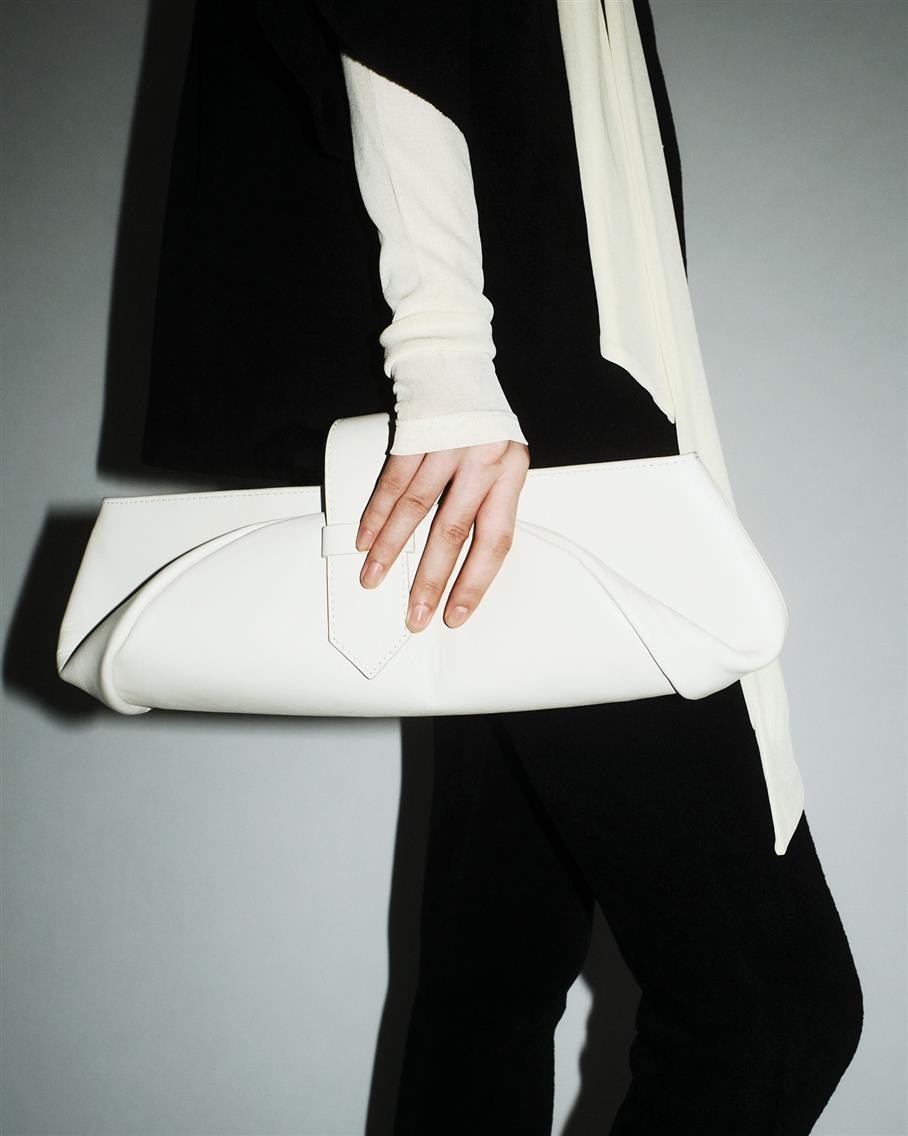 | For small crossbodies or clutches, it's about proportion: Tucked under the arm with a tailored outfit, think COS or The Row. Held in both hands like a treasure, communicates preciousness. Posed flat against the hip with negative space around to emphasize geometry. |
A model’s body becomes a frame. You can bend elbows to echo curves in the bag. Use legs or arms to create triangles around it. These tricks pull the eye where you want it.
Faceless vs. Full Model: Where to Draw the Line
Sometimes the face adds context. Other times, it adds noise. Brands like A.P.C. and Toteme often crop above the shoulders. Because the bag is the character, and the body is just a scene partner.
But when identity is the sell, think Jacquemus, Balenciaga, or Diesel, full body and facial expression become part of the bag’s attitude. It’s no longer about scale or functionality. It’s about aspiration.
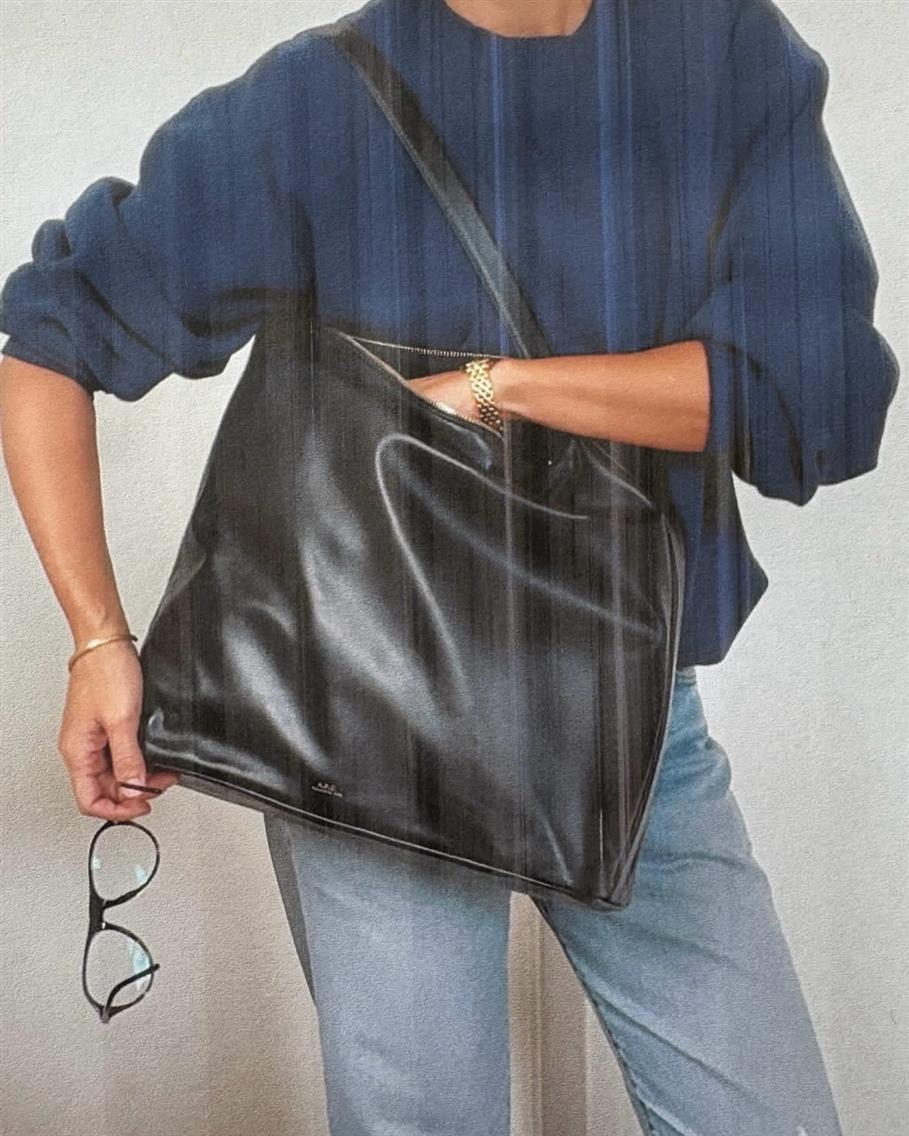
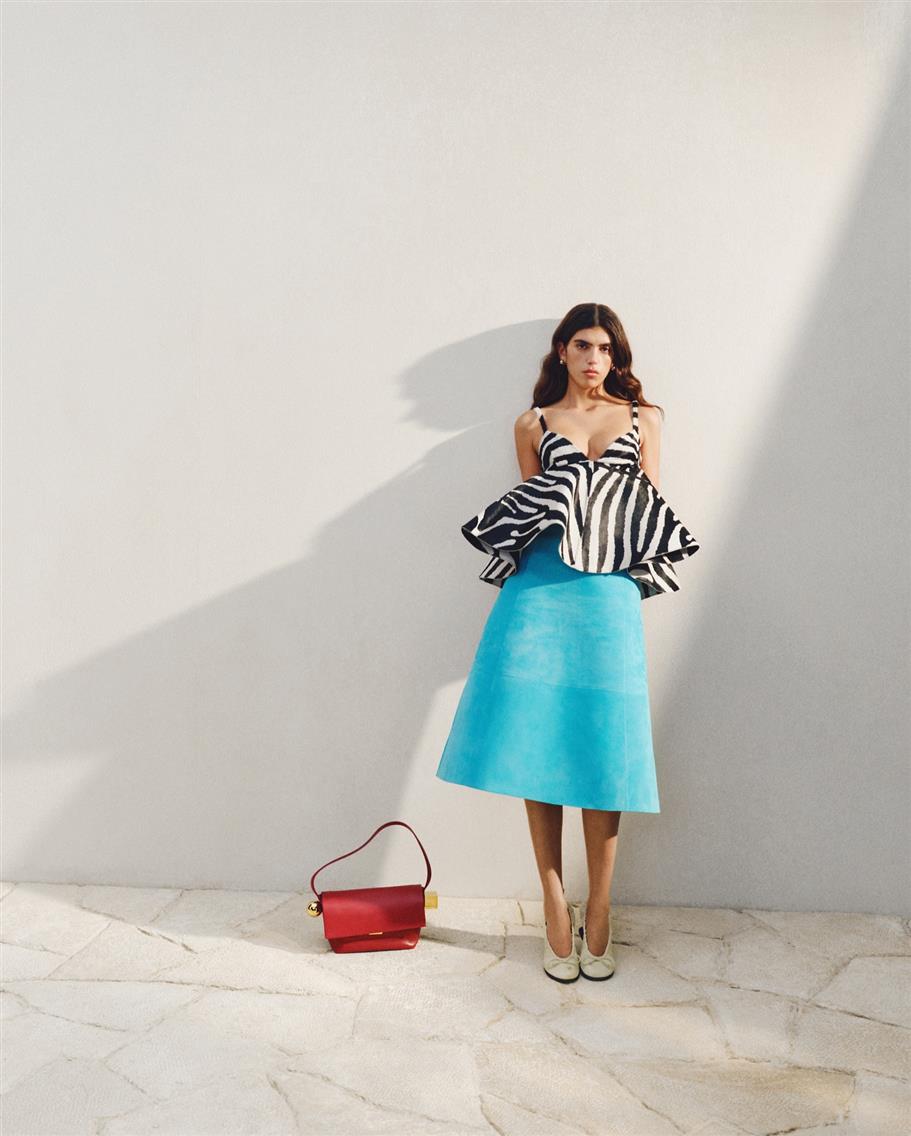
Post-Production in Bag Photography
What Gets Retouched and Why It Matters
Bags have a way of collecting problems. Even with perfect prep and lighting, things slip through. And when buyers are zooming in at 200% online, every detail counts.
Here’s what you’ll almost always deal with:
- Dust and lint, especially on suede and canvas. Studio lighting amplifies the tiniest specs.
- Shape corrections, straps that don’t sit quite right, slightly warped bottom panels, uneven folds.
- Hardware glare, especially on logos and zippers. Cleaning up hot spots without flattening the image is a must.
- Color correction, leather tones shift under studio light. The goal is to match reality, not beautify.
- Background cleanup, dust, shadows, backdrop seams. Especially critical for eCommerce listings or grid layouts.
You’re editing for clarity and consistency across dozens of images, across SKUs, across seasons.
When to Outsource Retouching and Why Pros Do It
Most working photographers don’t have time to retouch 40 bags a week. And even if they do, the real cost is consistency and personal life.
With experienced retouchers handling the output, you’re saving time and locking in a standardized look. That matters when you're shooting for clients who expect precision.
At LenFlash, we specialize in that polish:
- High-volume retouching for catalogs, fast, clean, and consistent.
- Creative retouching for campaign assets matching your lighting style and visual tone.
- LenFlash Cloud, your centralized system for file review, approval, version tracking, and communication. No Dropbox chaos, no endless email chains.
When you’re managing multiple SKUs, seasonal shoots, or high-demand clients, the last thing you want is to burn hours cloning out dust or fighting inconsistent color.
At LenFlash, we support photographers with professional-level retouching from high-volume eCommerce batches to refined editorial assets. You focus on capturing clean, intentional images. We make sure they scale, with polish, consistency, and fast turnaround. You create. We refine. Your work stands out.
